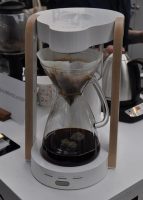 Welcome to the first of my detailed write-ups of this year’s London Coffee Festival. If you want to know what I made of the festival as a whole, take a look at my round-up. Here I’ll be covering individual aspects of the festival, such as the cups, coffee kit, my coffee experiences and the coffee itself. However, I’m going to kick things off with a look at something that really surprised me with their abundance at the festival this year: automated filter machines.
Welcome to the first of my detailed write-ups of this year’s London Coffee Festival. If you want to know what I made of the festival as a whole, take a look at my round-up. Here I’ll be covering individual aspects of the festival, such as the cups, coffee kit, my coffee experiences and the coffee itself. However, I’m going to kick things off with a look at something that really surprised me with their abundance at the festival this year: automated filter machines.
There have, of course, always been automated filter coffee machines, ranging for your simple drip-machine at home, all the way up to the large bulk-brewers found in coffee shops. However, they generally don’t make great coffee. Things started to change with the Moccamaster, an automated filter machine that many speciality coffee shops use to make small batch-brews.
Then, a couple of years ago, Alpha Dominche burst onto the scene with the Steampunk, a machine designed to make a single cup of filter coffee as good as any barista could make a V60, Chemex or Aeropress. And that, it seemed was that, until this year, when the London Coffee Festival appeared to be overrun with automated filter machines!
You can see what I found out after the gallery.
Bonavita Coffee Brewer
I found four machines at the London Coffee Festival that were (mostly) new to me. I’m going to go through them in order of cost/complexity, starting with the cheapest, Bonavita’s snappily-named 8-Cup Coffee Brewer (BV1900TS for short). I’ll then move onto the Ratio Eight, Marco Beverage Systems’ SP9 and the Curtis Seraphim, before catching up with the Steampunk and Modbar systems.
Before I go on, it’s worth saying that all these machines have one key aim, which is to take the variability out of making filter coffee. From the simplest to the most complicated, they are all designed to produce consistent coffee, time-after-time. No more ruining your V60 by getting the water temperature wrong or being distracted halfway through a pour!
Let’s start with the Bonavita, an advanced version of your standard table-top, home filter machine that’s been around for ages. The key thing with the Bonavita is that it has good temperature stability (the water being delivered between 91⁰ and 96⁰C) and instead of just dripping the water onto the coffee grounds, it’s sprayed onto the grounds by an advanced shower-head system which ensures a more even wetting of the grounds (crucial if you want an even extraction). There’s also an optional pre-infusion function which allows the coffee to bloom before the main extraction.
However, beyond that, there’s not much control (a good or bad thing depending on your point of view!). You can control the ratio of water to coffee simply by deciding how much water to put in the reservoir and how much coffee there is in the filter basket. You can also control (to some extent) the brewing process by how finely you grind the coffee, but that’s it.
To be fair, given the price of the Bonavita (you should be able to get it for under £200), I wouldn’t expect anything more complicated. It comes in two varieties, the five-cup and the eight-cup (a cup being roughly 150ml). Both have stainless steel, thermal carafes designed to keep your coffee warm for hours. Other than the simplicity of operation, the Bonavita’s other main advantage is that it’s a compact, self-contained unit which you just plug in and go.
Ratio Eight
Next is the Ratio Eight from Portland (Oregon). Like the Bonavita, it is a small-batch brewer and also comes in a self-contained, plug-in-and-go counter-top unit. It’s an incredibly beautiful machine, although it’s also rather large, standing about twice as tall as the Bonavita. Given the space, I know which I would rather have (aesthetically) on my kitchen (or coffee shop) counter.
The Ratio Eight is designed to replicate a large, hand-pour Chemex and the glass carafe, although technically not a Chemex, looks very similar. Like the Bonavita, it brews a similar volume (8 cups or 1.2 L) at a time. The similarities don’t end there, since in operation, it’s very like the Bonavita: just press the button and off you go. You also have a similar amount of control: the volume of water you put in the reservoir, the amount of coffee you put in the filter and the grind size.
Like the Bonavita, there’s a pre-infusion stage, to allow the coffee to bloom, while the water is sprayed onto the coffee grounds to ensure a more even extraction. It also offers outstanding temperature stability, aiming to deliver the water at a constant 94.4⁰C (202⁰F). Unlike the Bonavita, the showerhead/filter aren’t enclosed, so you can watch the water being sprayed onto the grounds. Maybe it’s just me, but I found the whole process rather hypnotic…
This has another advantage (or potential drawback, depending on your point of view): although the process is supposed to be fully automatic, the fact that there’s a gap between shower-head and filter means that you can give the coffee grounds a good stir (to ensure that all the grounds are thoroughly wetted). Quite what this does to the reproducibility of the whole process, I’m not sure!
The Ratio Eight, I’m told, has adaptive logic built into the brewing system. It knows, so for example, how much water is in the reservoir, and adapts the brewing process to take this into account. So it will brew differently if you put 300ml in compared to putting the full 1.2 litres in there. There’s also a magnetic sensor in the base of the unit and a magnet in the base of the carafe, so it knows when the carafe is in place (and, more importantly, will pause the brewing process if you remove the carafe!).
The Ratio Eight is slight more pricy than the Bonavita (you should be able to get one for around £500) and, I should point out, both it and the Bonavita are technically designed for the home market, although I can also see small coffee shops using both.
Marco Beverage Systems SP9
Unlike the previous two filter systems, the Bonavita and the Ratio Eight, which are effectively automated small-batch brewers, the SP9 is designed to replicate a number of pour-over systems and will make an individual pour-over if you want it to. It’s also designed for a commercial environment and is a step-up in size and complexity, coming with separate counter-top brewing units (which resemble black towers) and a dedicated under-counter boiler (which can run up to two brewing units).
The SP9 was also fairly prolific: I had a run-down of its operation on the Climpson and Sons stand and saw it on several other stands, while Marco itself had a stand. The SP9 comes with its own custom filter and carafe, but can also be used with a variety of other brewing methods. For example, the tower is tall enough to get a Chemex under the brew-head, while a magnetic metal plate allows you to fit a V60, Kalita Wave or most other pour-over filters.
The SP9 also offers more control than the Bonavita and Ratio Eight, although operation is still fairly simple. There are two dials on the side. The top one controls the volume of water that the individual brew will use. This goes from three to seven in units of 100 ml. The second controls the length of time the brewing will take, from two to five minutes. Once you have set your parameters, grind your coffee, place it in the filter and off you (or rather, the SP9) goes.
Water is drawn into the transparent cylinder at the top of the brewer (complete with interesting blue lights) and then sprayed out onto the grounds by the brew-head in a series of pulses, starting with a pre-infusion stage to allow the coffee to bloom. As far as I know, the number of pulses is fixed, with the duration and volume of each pulse determined by the settings on the dials. Like the Ratio Eight, you can watch the water spraying onto the grounds and you can give the grounds a good stir if you like.
The SP9, as befits a commercial unit, is a step up in price and will set you back in the range of £1,000s rather an £100s.
Curtis Seraphim
The last of the automated systems that I saw at the London Coffee Festival this year was the Curtis Seraphim which was being demonstrated on the Assembly stand. This is a very new system and the unit on display was the only one in Europe! Like the SP9, it’s designed for a commercial environment and consists of two brew-heads with a separate boiler mounted below the counter. Similar to the SP9, it can be used with a variety of brewing methods, including Chemex, V60 and Kalita Wave.
Like the Ratio Eight, the thing that struck me about the Seraphim was its elegance. Looking a bit like a cross between a desk lamp and an over-the-head hair drier, the brew-head soars up from the counter on a slender column. It’s also the most complex of the four systems I’ve looked at and, like the Steampunk and Modbar systems (see below) it’s fully programmable, with the ability to store multiple recipes, all accessed through the touch-screen control panel mounted between the two brew heads.
You can control up to eighteen individual pulses of water, determining the length of pulse, the volume of water in each pulse and the gap between it and the next pulse. This gives you the ability to fully automate the process, including, if you like pre-rinsing the filter paper (just remember to add the ground coffee before the main part of the program starts!). It also allows you to adjust the pre-infusion bloom time, something you can’t do with the other methods I’ve looked at. So, for a really fresh coffee, you can allow a long gap between the first and second pulses, shortening it for an older coffee which doesn’t need as much de-gassing. If you’re a stirrer, there’s a large gap between the brew-head and the filter.
Of course, this flexibility makes it more complicated to set up initially, but once you’ve got a program you like, it should be simplicity itself to operate. Also, if the coffee’s not coming out right, you should be able to tweak the recipe in a way that the others don’t allow.
I’ve not said a lot about the quality of the coffee that the various systems actually brewed at the Festival, largely because they were all using different coffee making any sort of comparison rather hard. They all made good coffee though. However, I have to say that one of the best filter coffees I had in the whole festival was the one that Brian & Luke made for me on the Seraphim. Whether that was the Seraphim or Assembly’s excellent coffee, I can’t say.
Given how new it is, I don’t have any information on pricing or availability of the Seraphim. However, I have now seen one in action in the field, so to speak, in Press Coffee Roasters, where I had an excellent Guatemalan single-origin.
Steampunk/Modbar
The other automatic brewing system at the Festival was the Steampunk from Alpha Dominche, which I covered in detail at the 2014 London Coffee Festival. This is more an immersive (as opposed to pour-over) brewer, similar to the Aeropress or Clever Dripper, but is also fully programmable. It’s designed for use with either coffee or tea and, as far as I know, there’s only one in operation in the UK at London’s Macintyre Coffee at the Angel, although there may also be a tea-shop using one.
The other system I should give a mention to, which was curiously absent at the London Coffee Festival, is the Modbar. Better known for its under-the-counter espresso system, Modbar also makes an automated pour-over module. I ran into this on my recent trip to the US, most notably at Philadelphia’s Double Knot. However, there’s also one in the UK at Modern Society on Redchurch Street. Like the SP9 and Seraphim, it can be used for pretty much any pour-over brewing method. Similarly, it has an under-the-counter boiler and counter-top brew-head, and, of all the systems I’ve looked at, it has the smallest counter-top footprint.
The Modbar is fully programmable, but in a neat twist, you don’t need to use a complicated touchscreen. You simply make your pour-over using the Modbar’s flexible nozzle to spray or stream water onto the grounds, using as many pours as you like, and, once you’re happy with the result, the Modbar will remember what you did and reproduce it. I’ve been told by those who’ve used it that you have to manually bloom the coffee, after which the Modbar will take over (although I’m not sure why the pre-infusion/blooming stage can’t be pre-programmed as well).
Well, that concludes the first of my detailed looks at this year’s London Coffee Festival. Don’t forget to check back in coming weeks for more of my Festival Saturday Supplements which will look at cups, coffee kit, my coffee experiences and the coffee itself.
For other perspectives on the Festival, check out the following reviews by Bean There, Bex, CoffeeGirlNeeds and Jade Derrick, while the Commodities Connoisseur has produced another of his extremely thorough festival reviews, which has, in Coffee Spot style, been split up into four parts. For a different perspective in a different medium, check out Episode 24 of The Right Roast on You Tube.
For more kit for the festival, Perfect Daily Grind has produced a list of seven products to watch, while Jess of EatingEast, also writing for Perfect Daily Grind, reported from the festival, looking at why baristas went into coffee.
Meanwhile, you can see what Square Mile made of the experience of exhibiting, while another exhibitor, Hope & Glory, also gave its take on the festival. Another perspective is provided by writer, radio producer and DJ, George Luke, courtesy of London’s Best Coffee, while there’s also this by Charli Nice in Adventures of a Nice Girl.
If you’ve written a review of the festival, drop me a line with the link and I’ll add it in.
If you liked this post, please let me know by clicking the “Like” button. If you have a WordPress account and you don’t mind everyone knowing that you liked this post, you can use the “Like this” button right at the bottom instead. [bawlu_buttons]
Don’t forget that you can share this post with your friends using the buttons below.

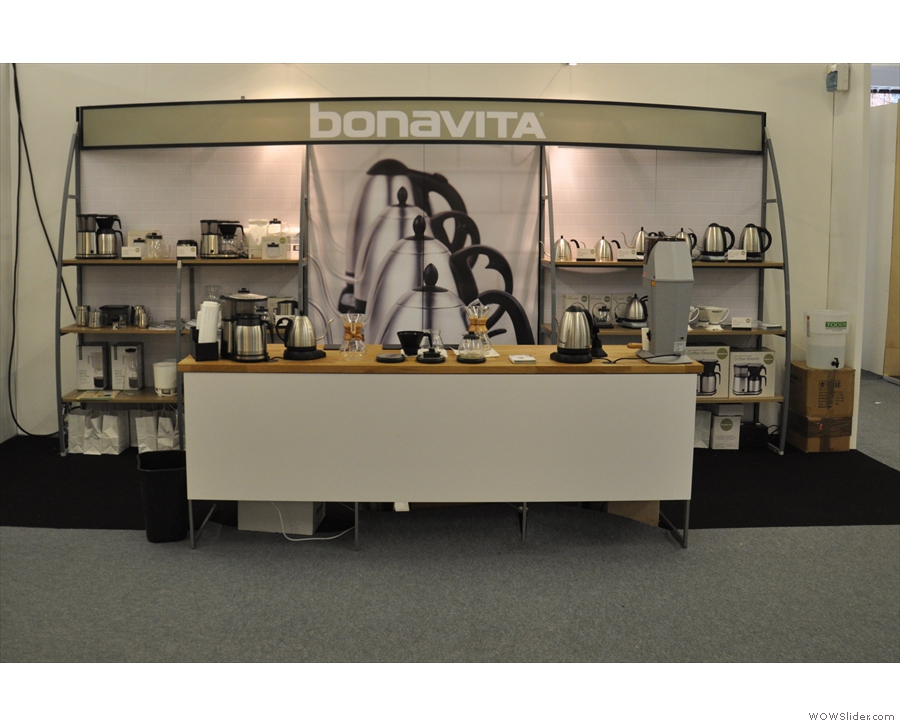
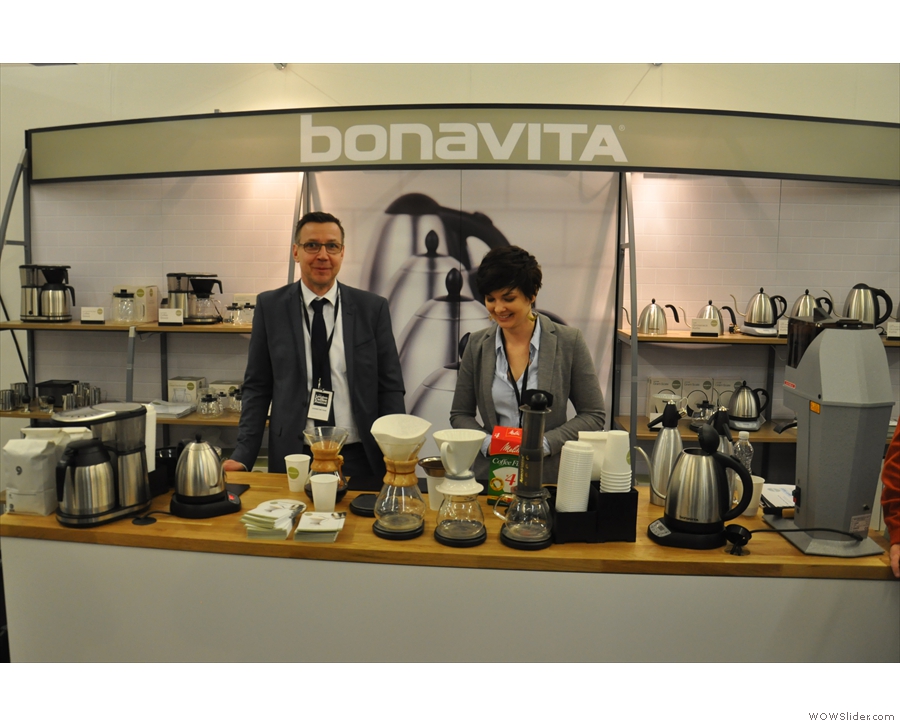
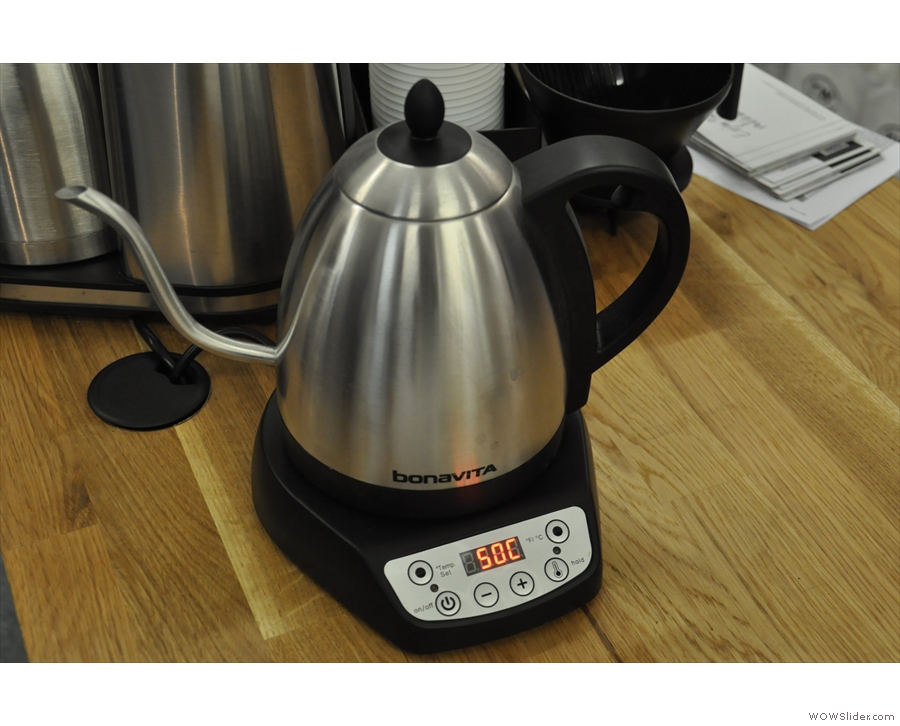
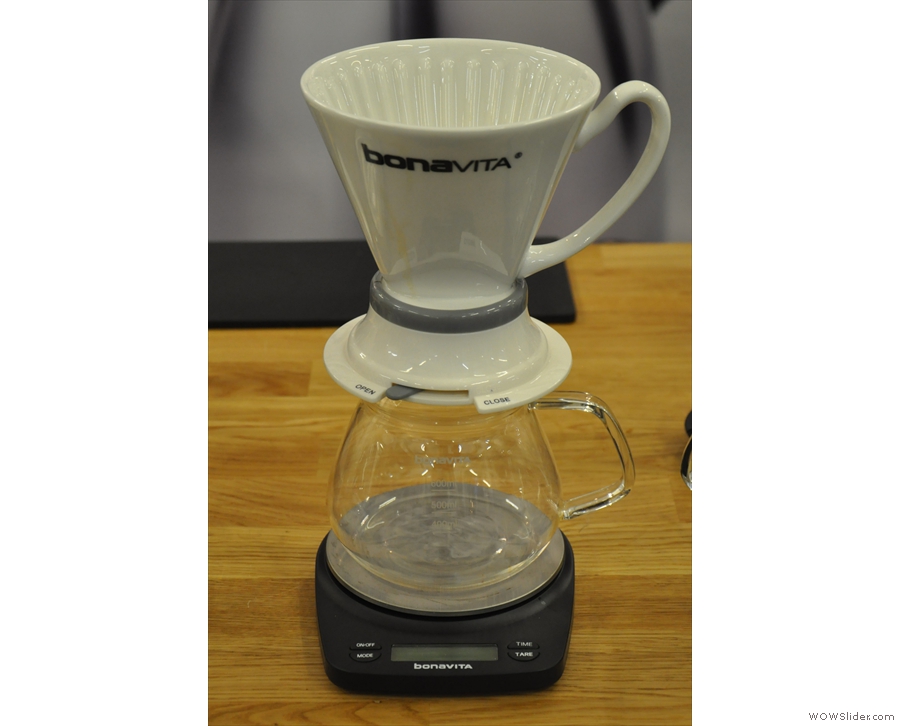
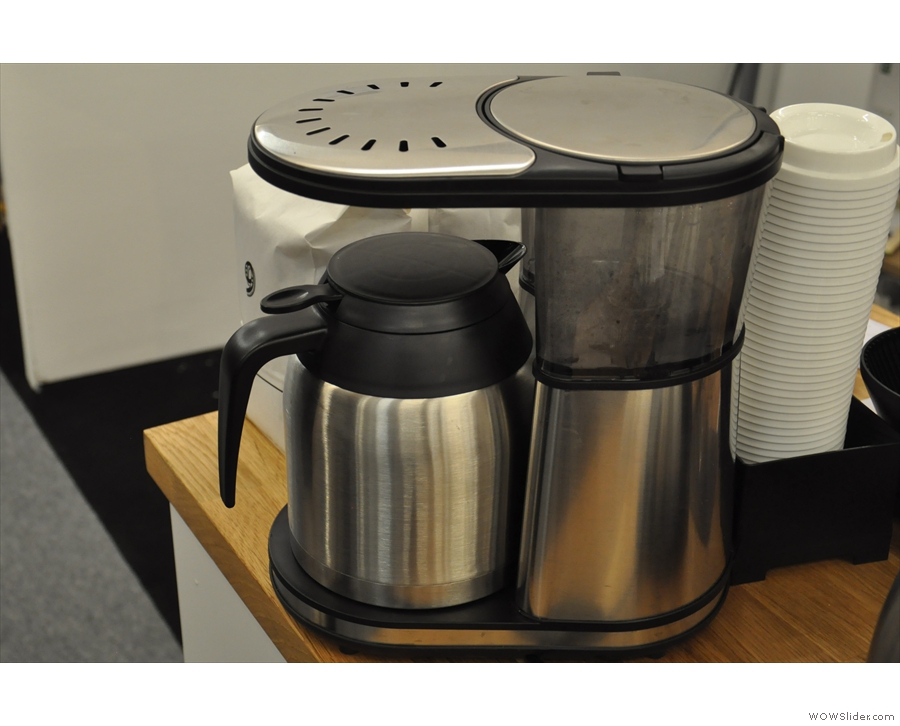
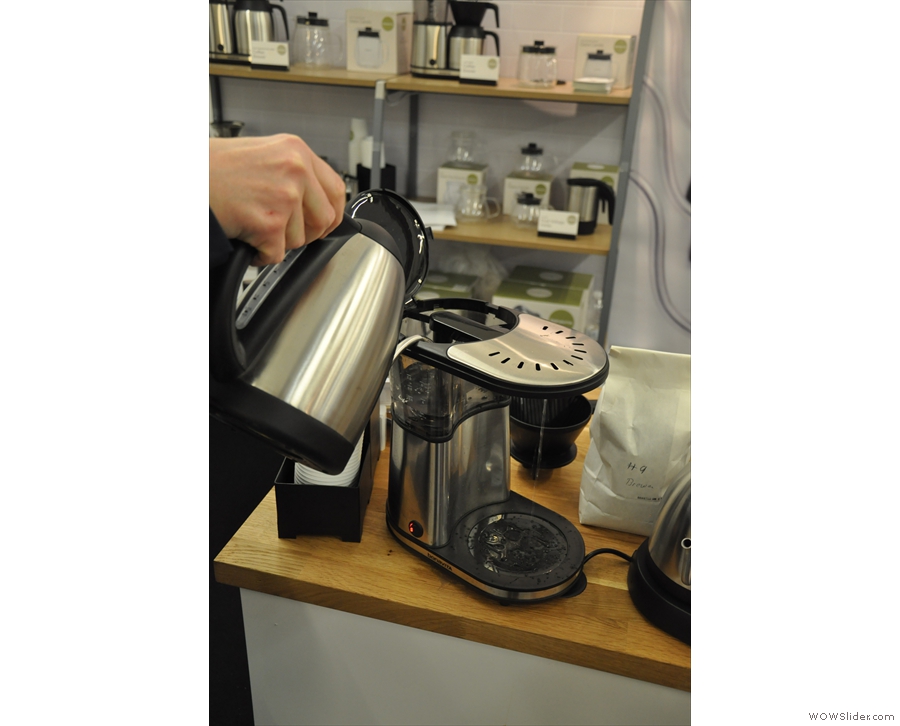
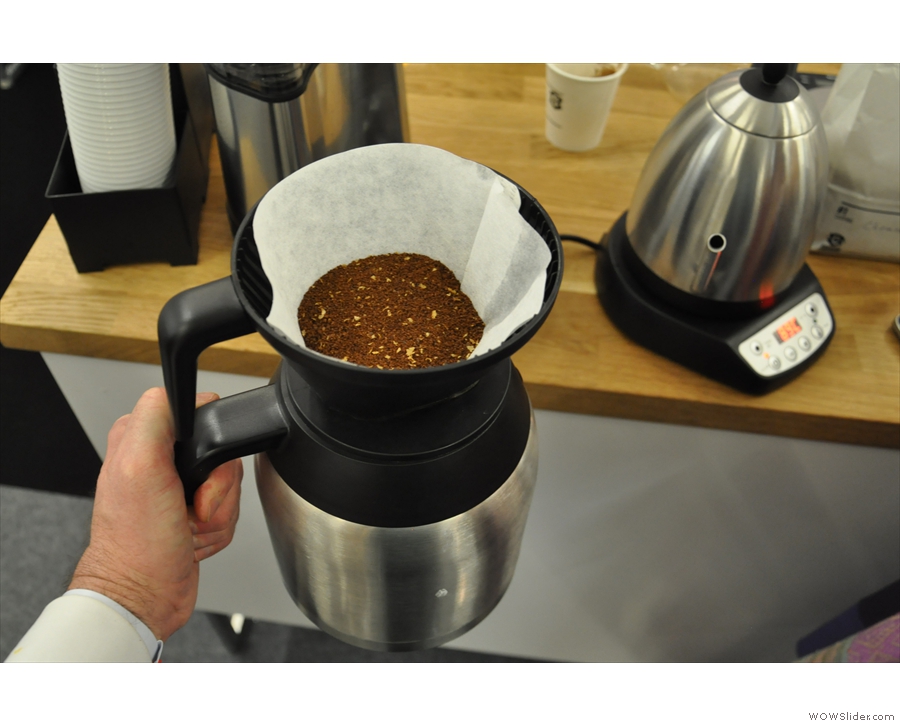
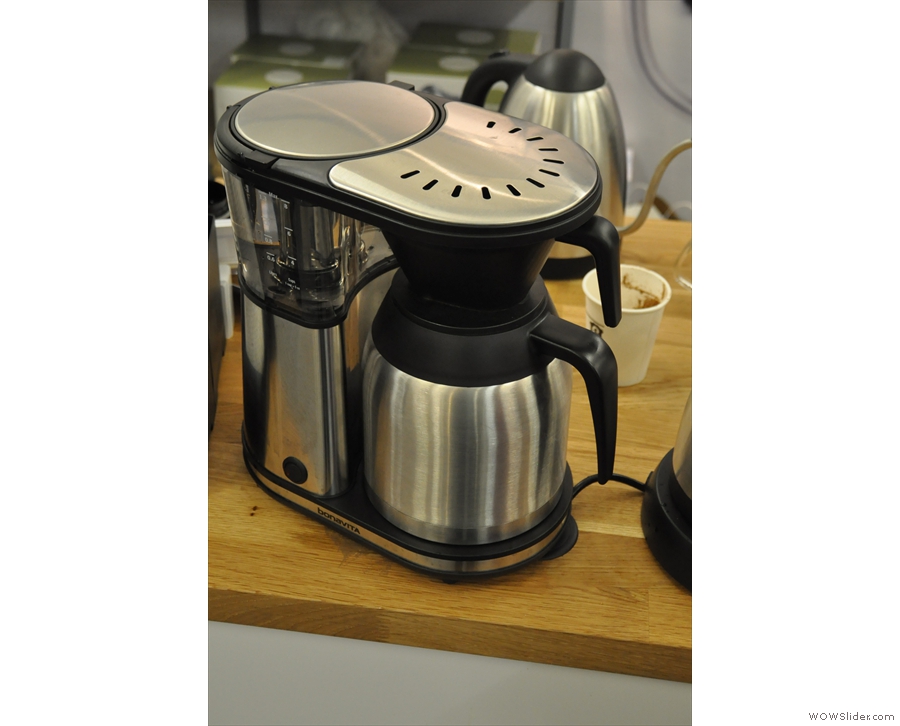
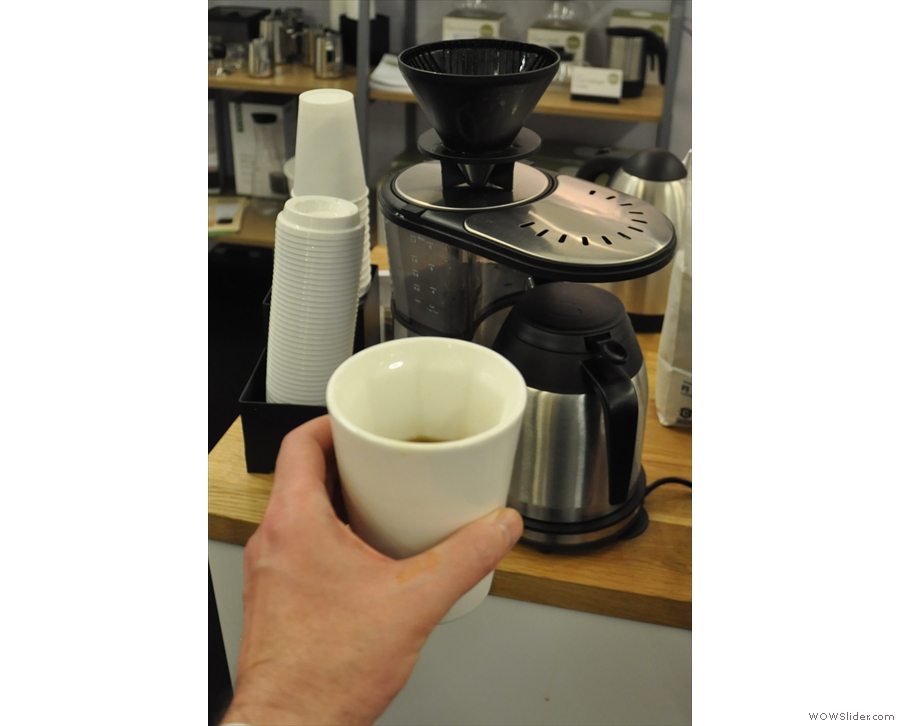
 1
1 2
2 3
3 4
4 5
5 6
6 7
7 8
8 9
9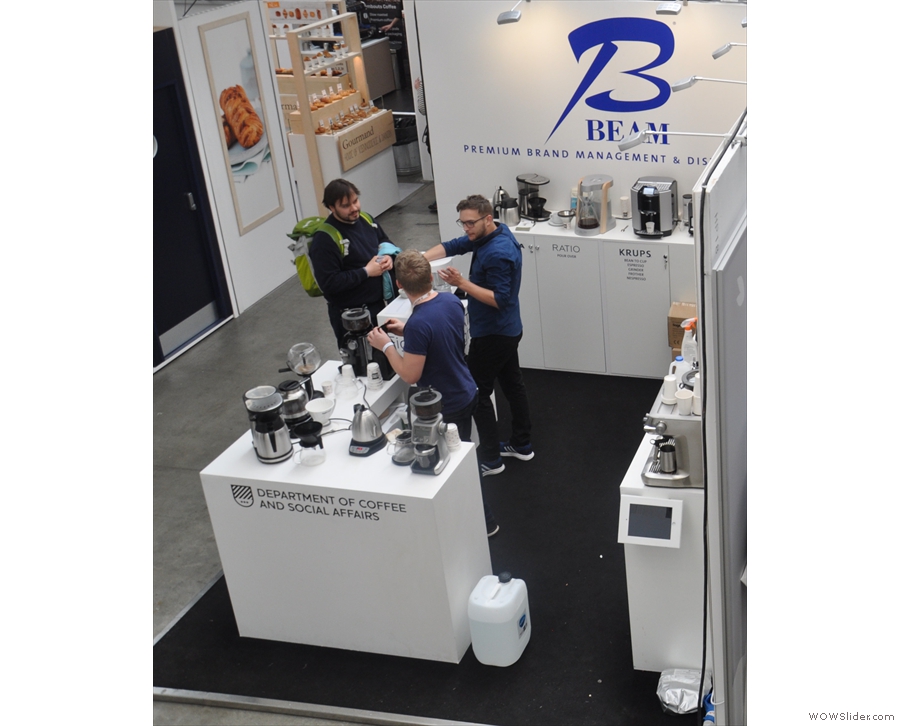
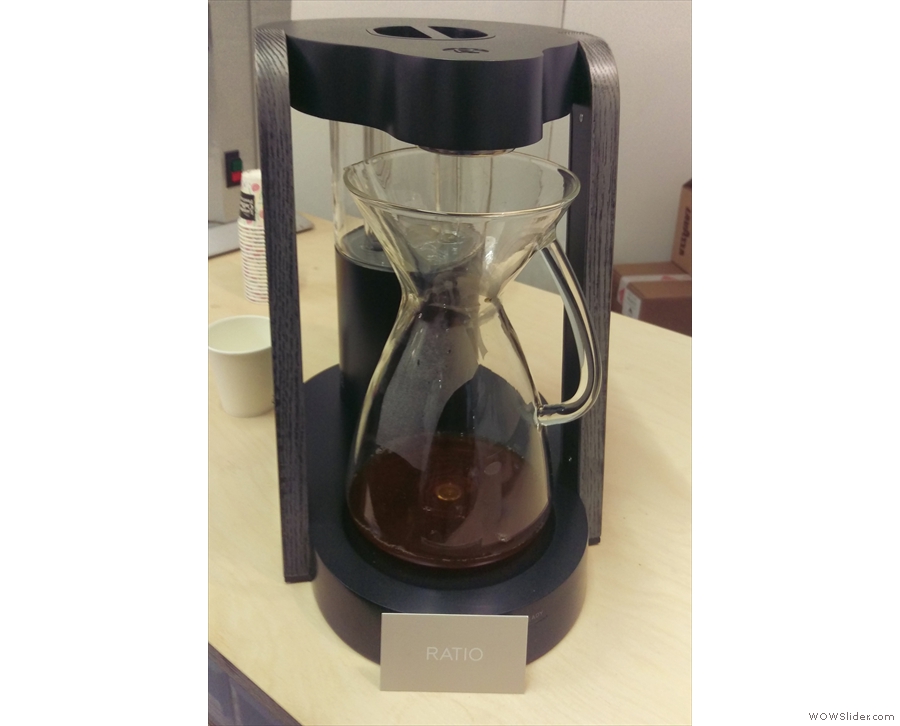
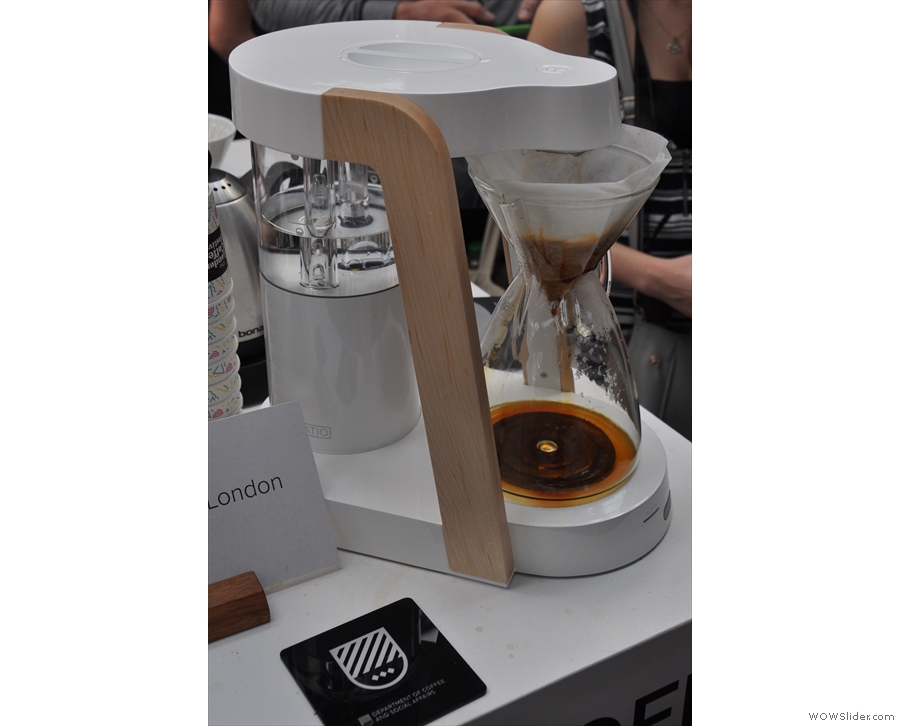
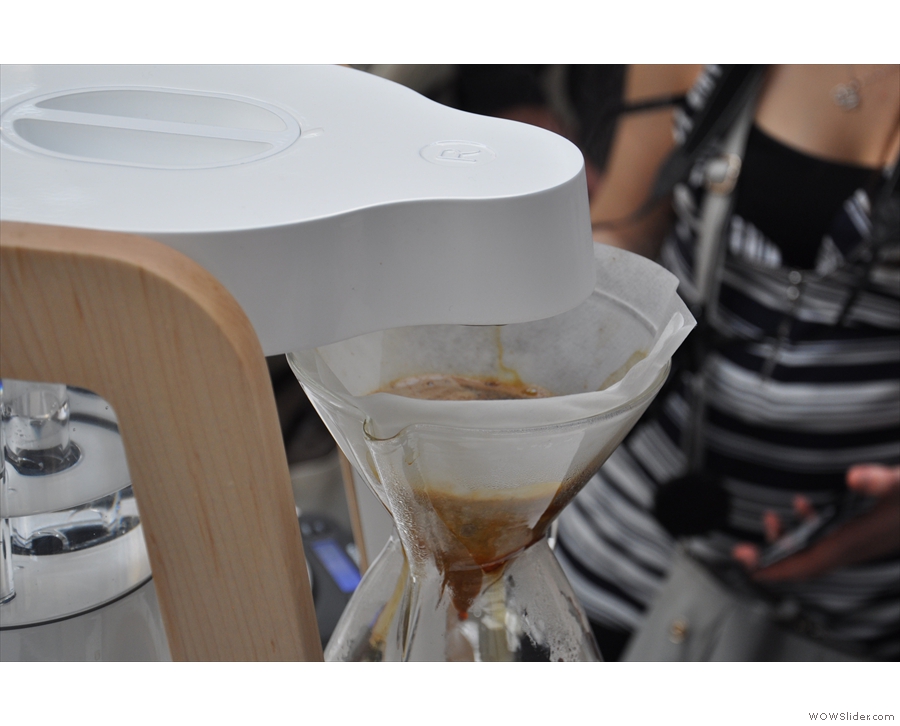
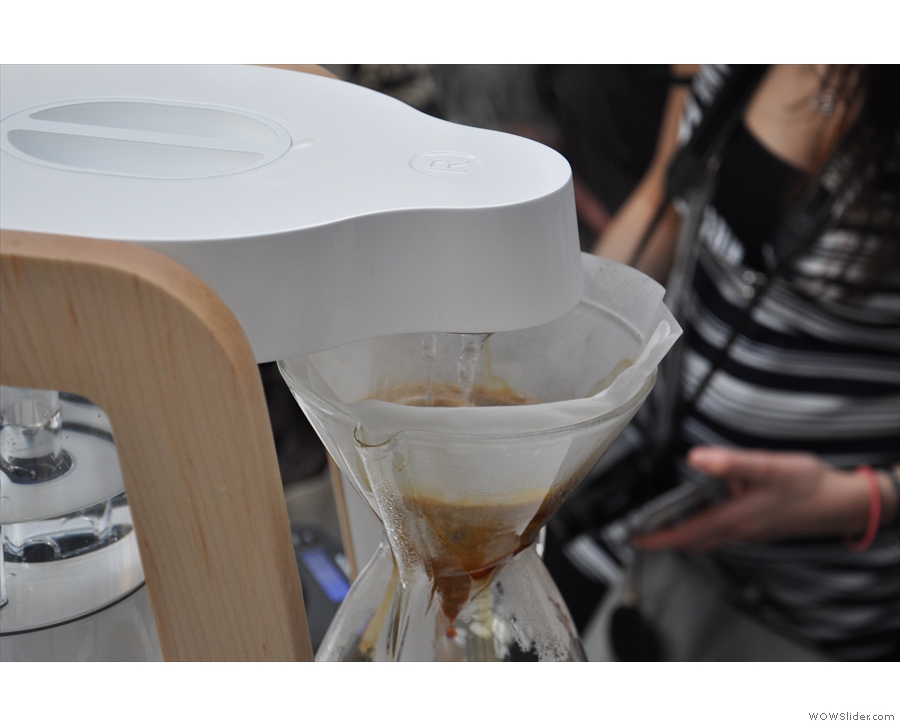
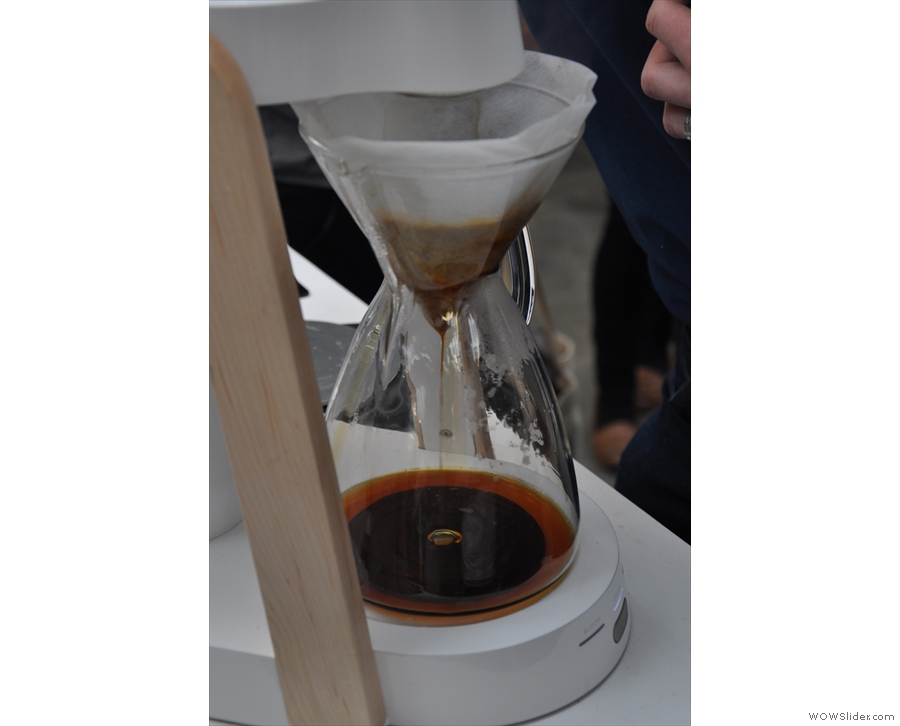
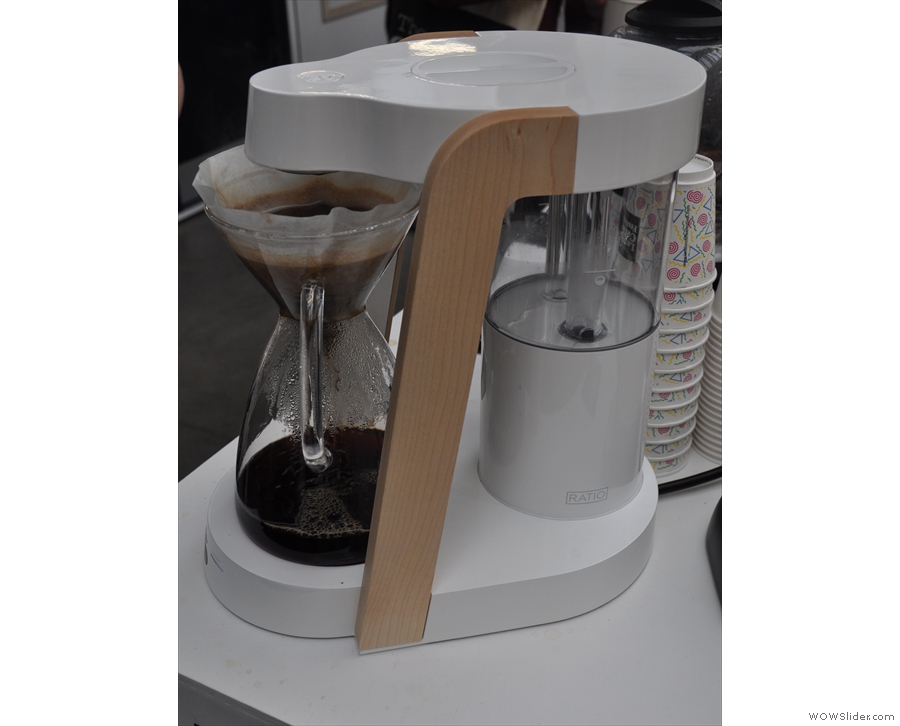
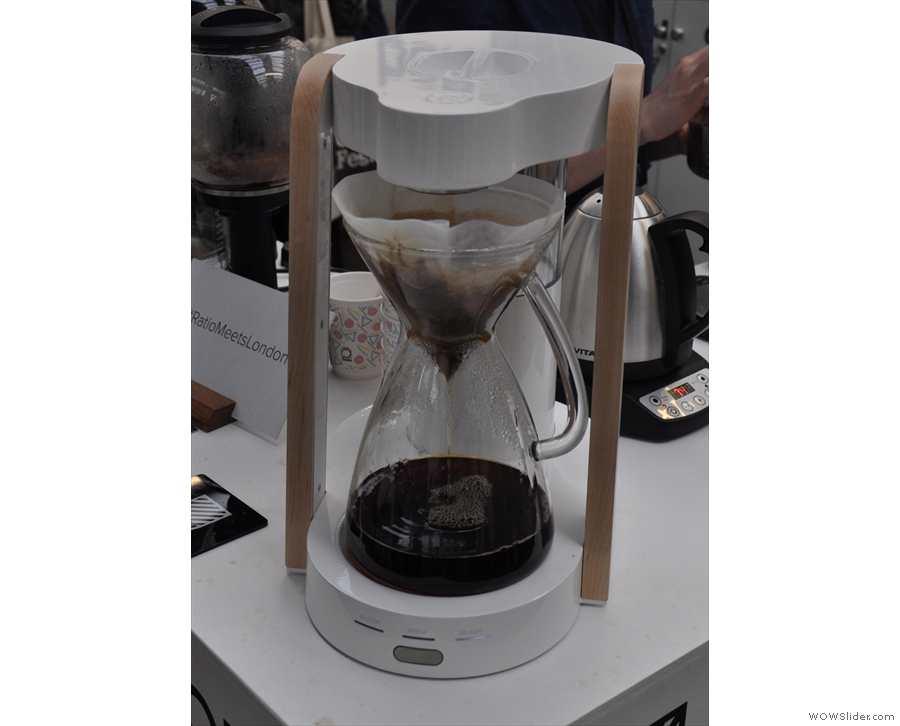
 1
1 2
2 3
3 4
4 5
5 6
6 7
7 8
8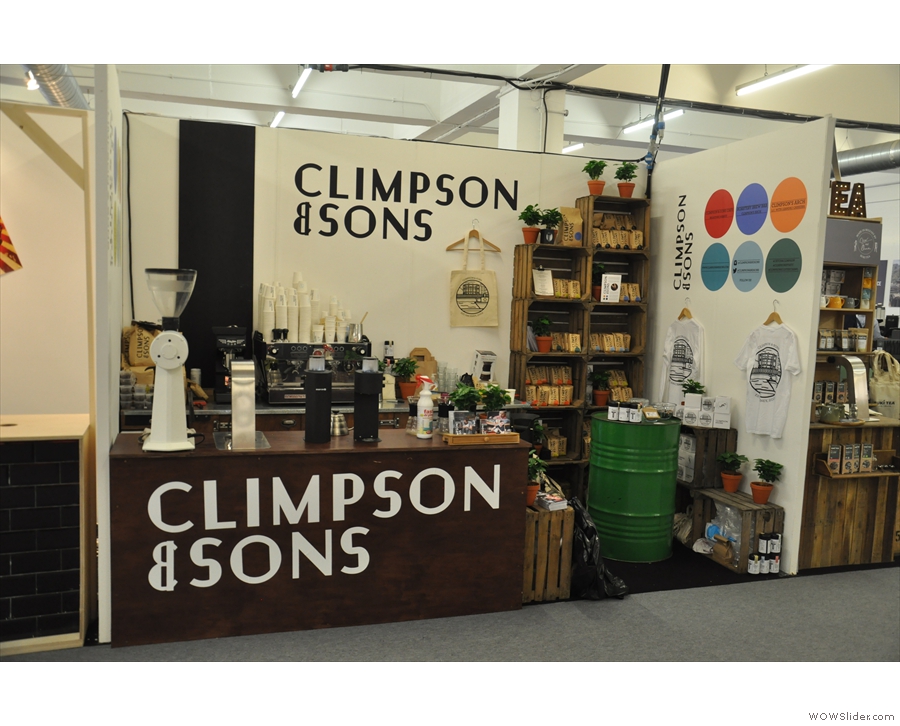
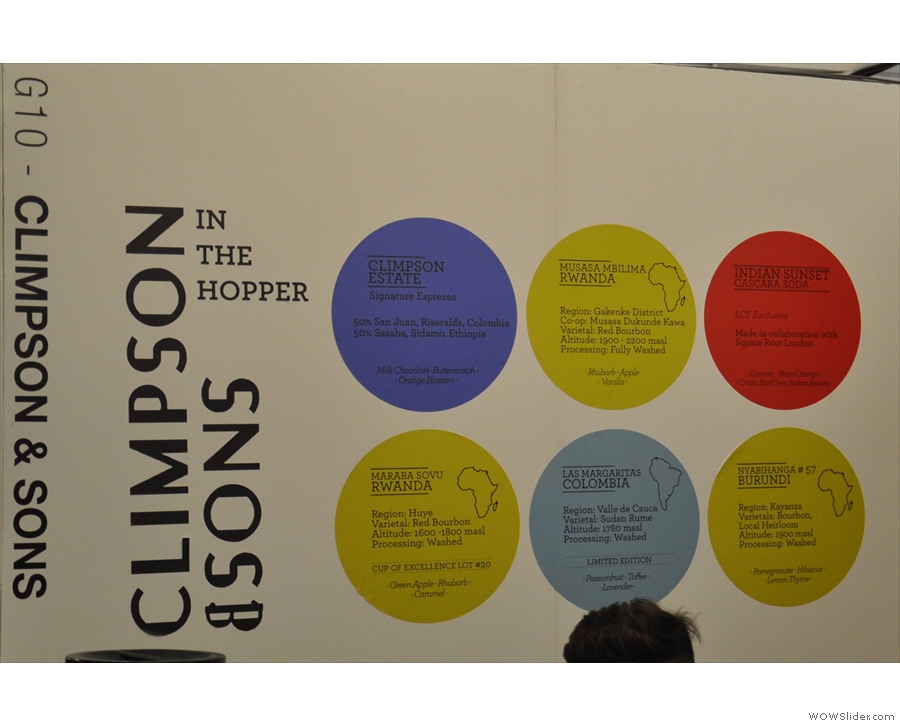
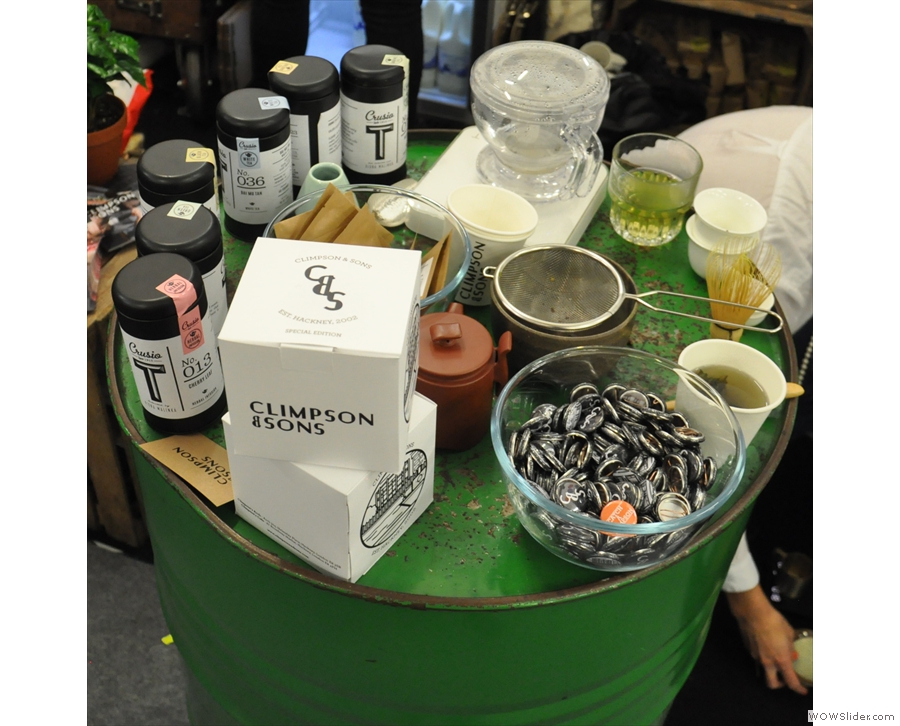
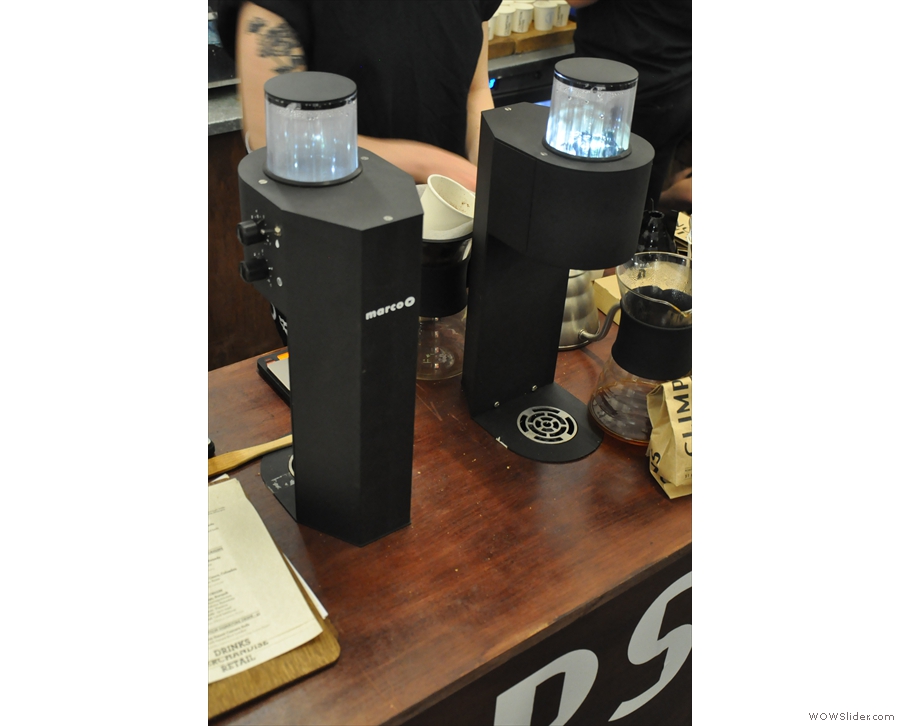
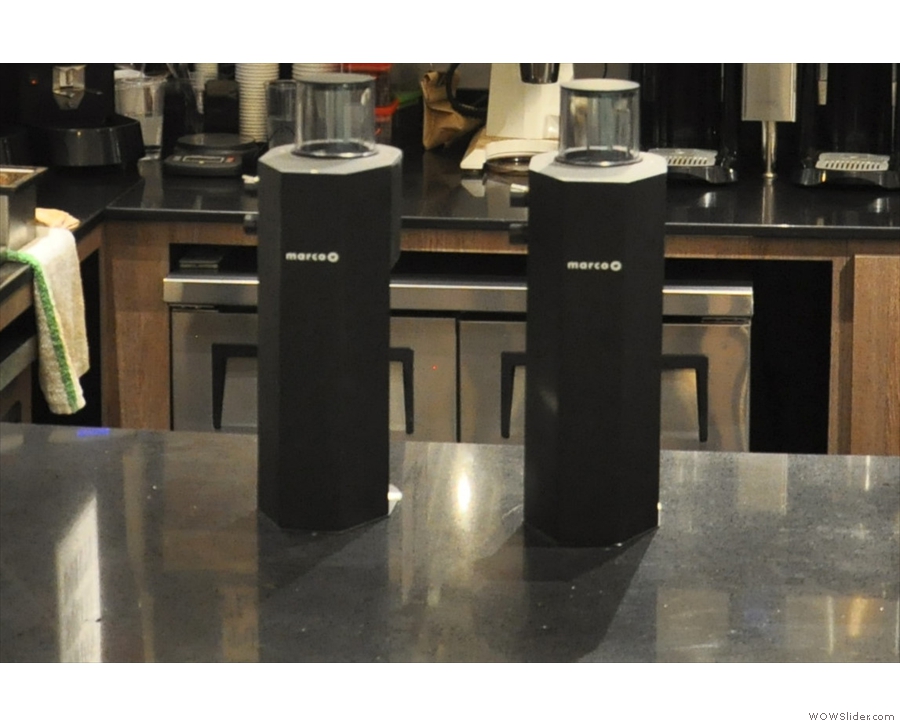
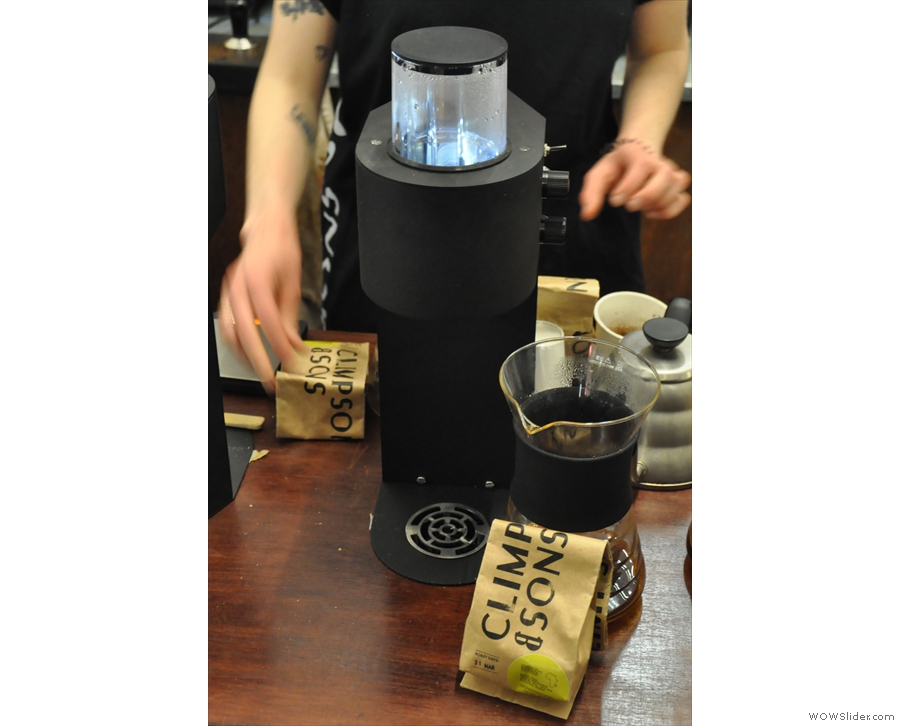
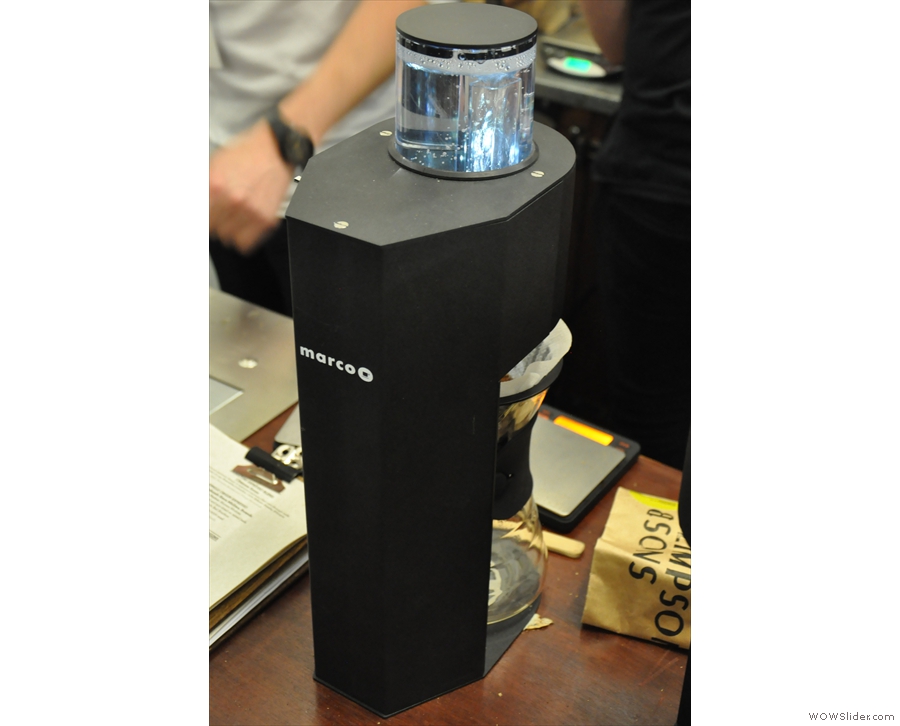
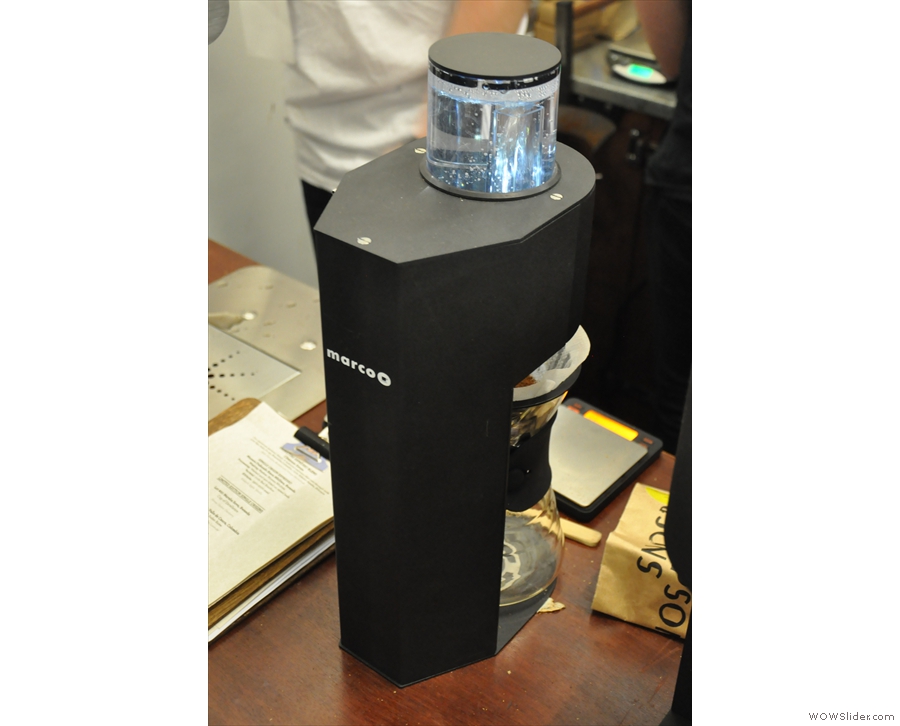
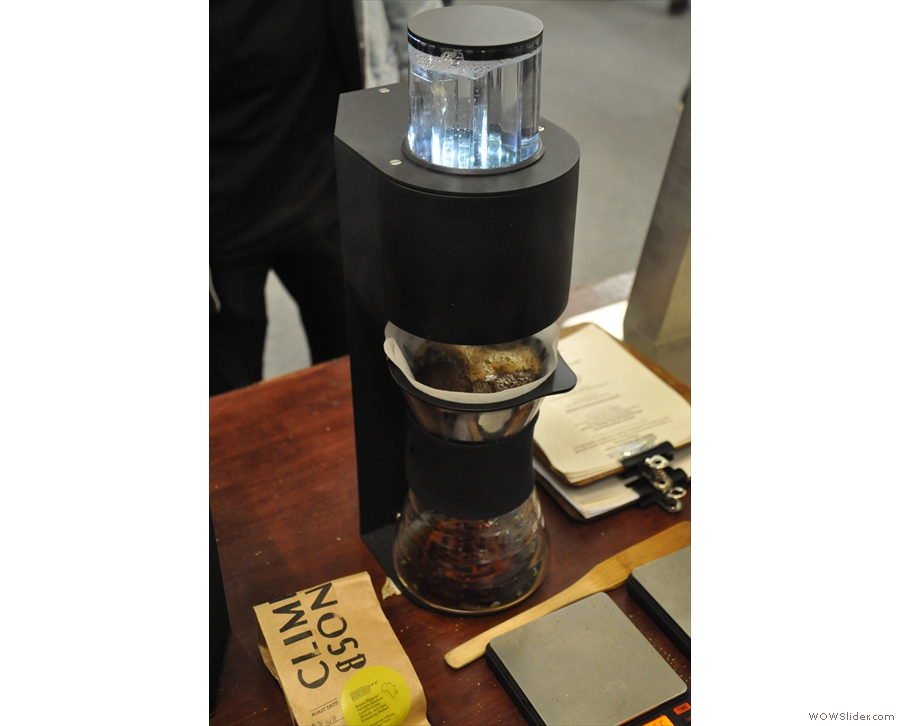
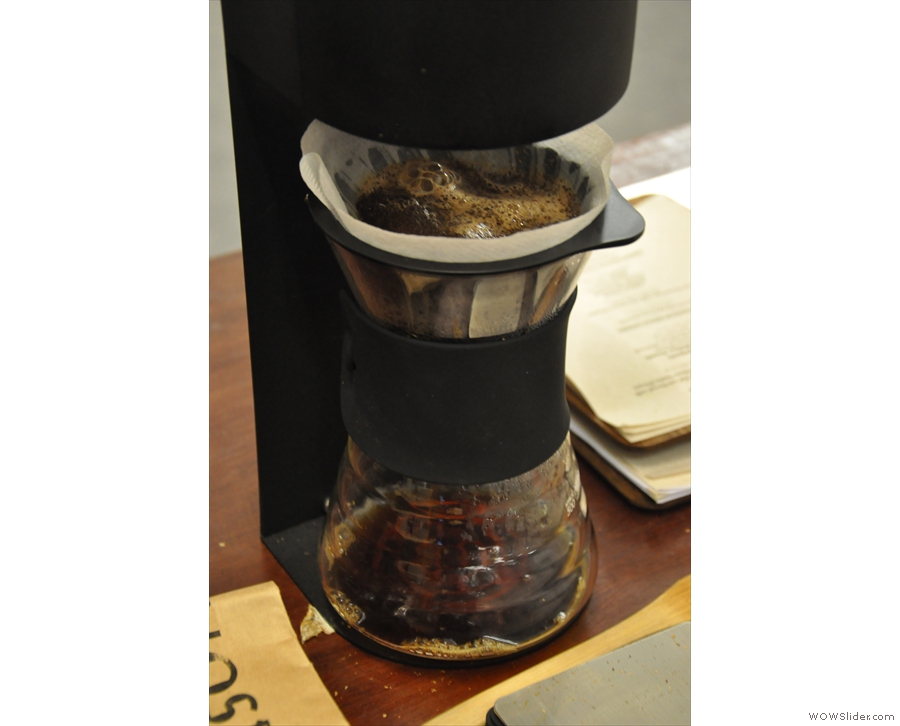
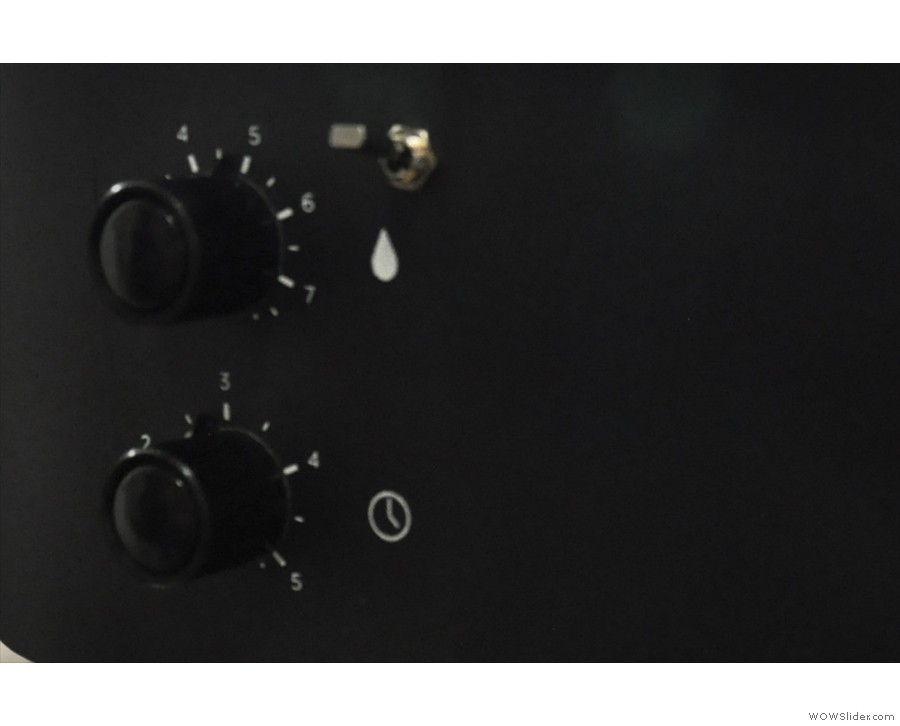
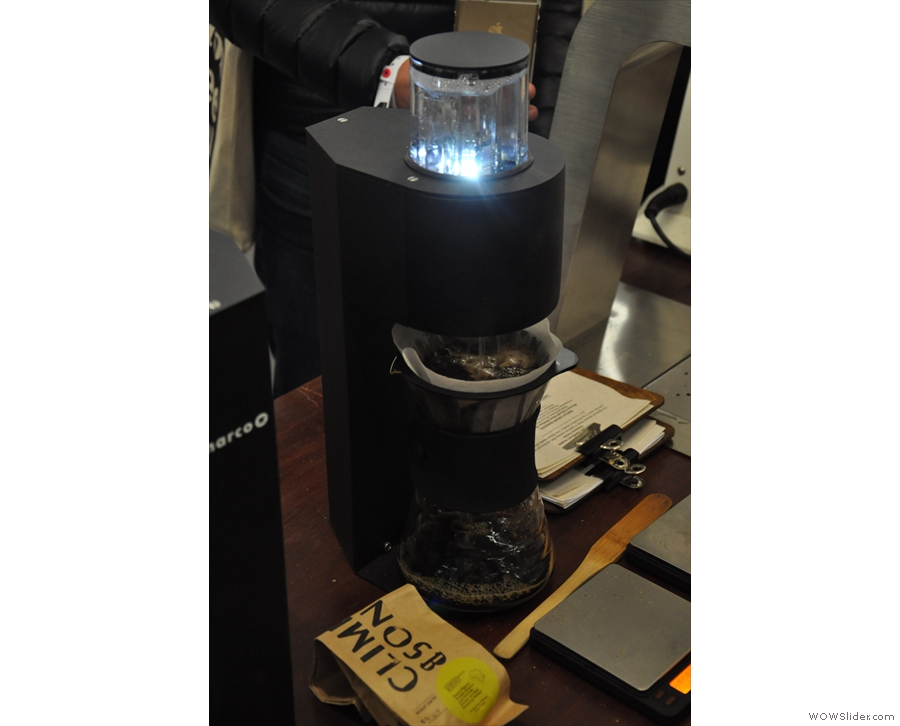
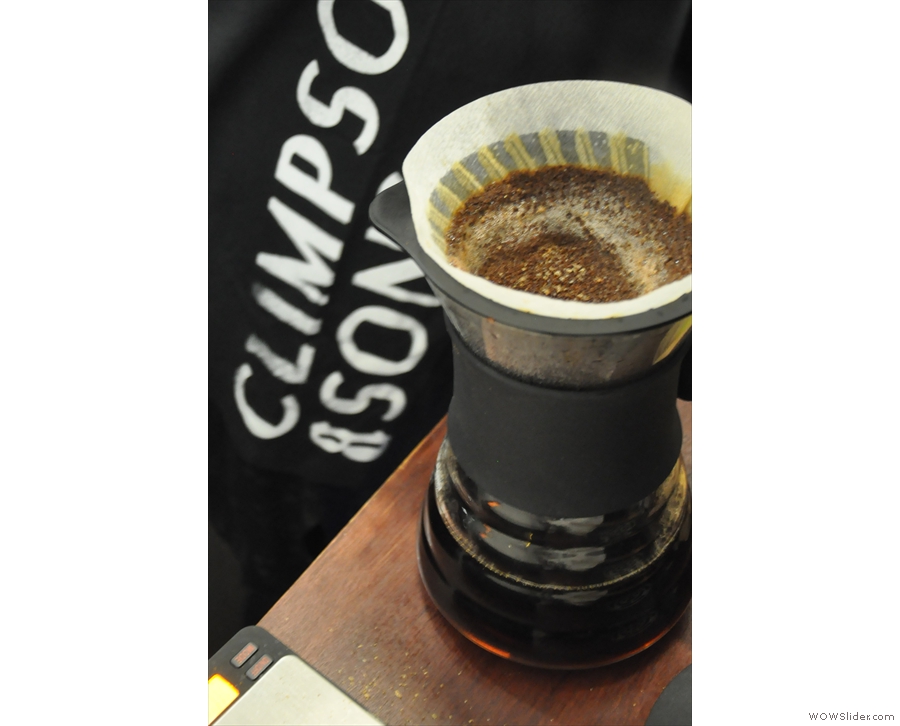
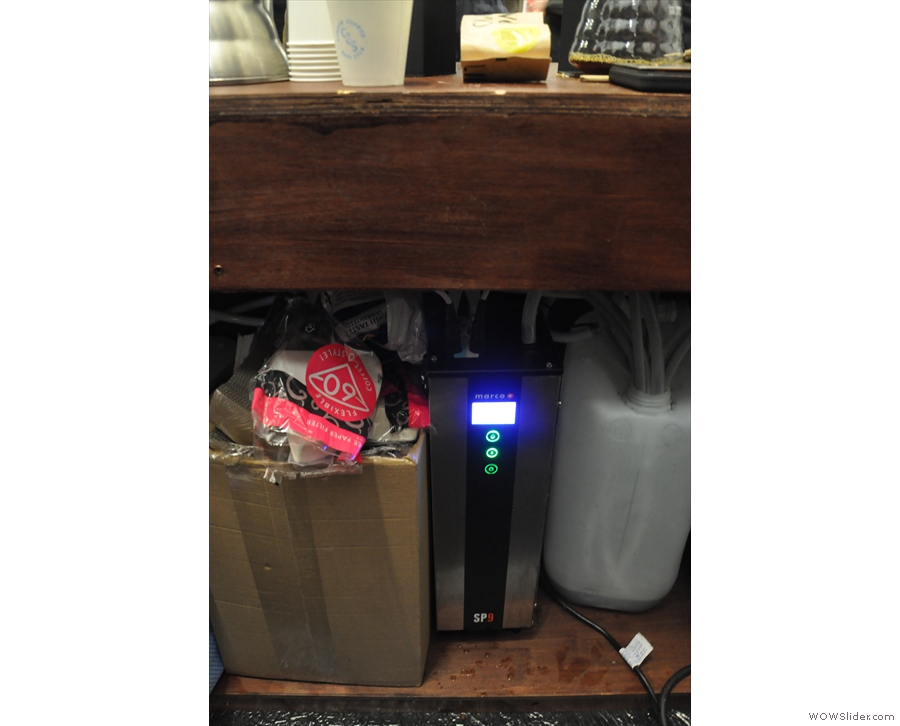
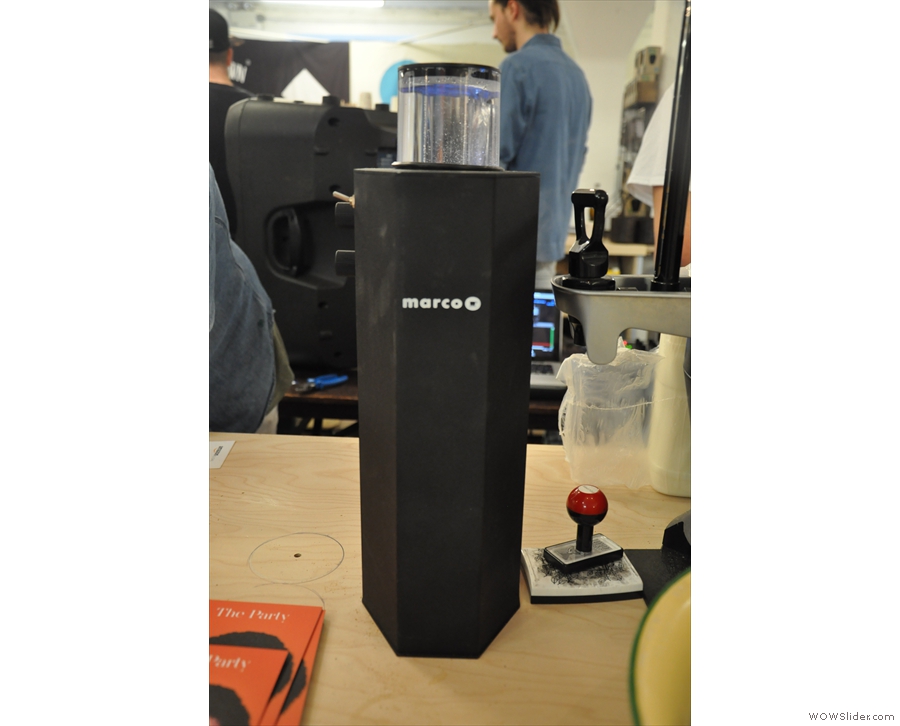
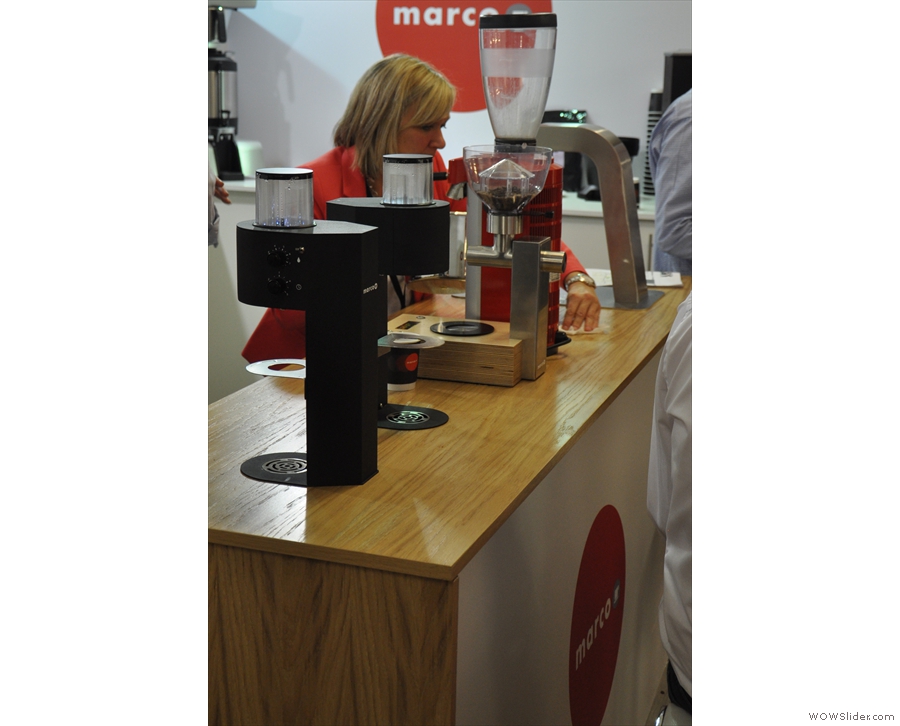
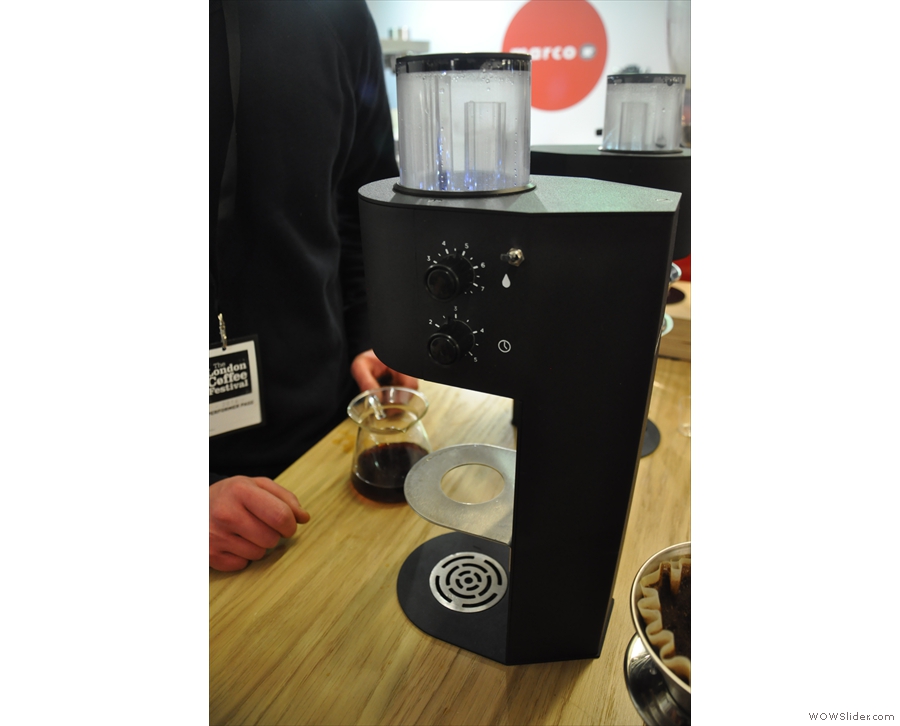
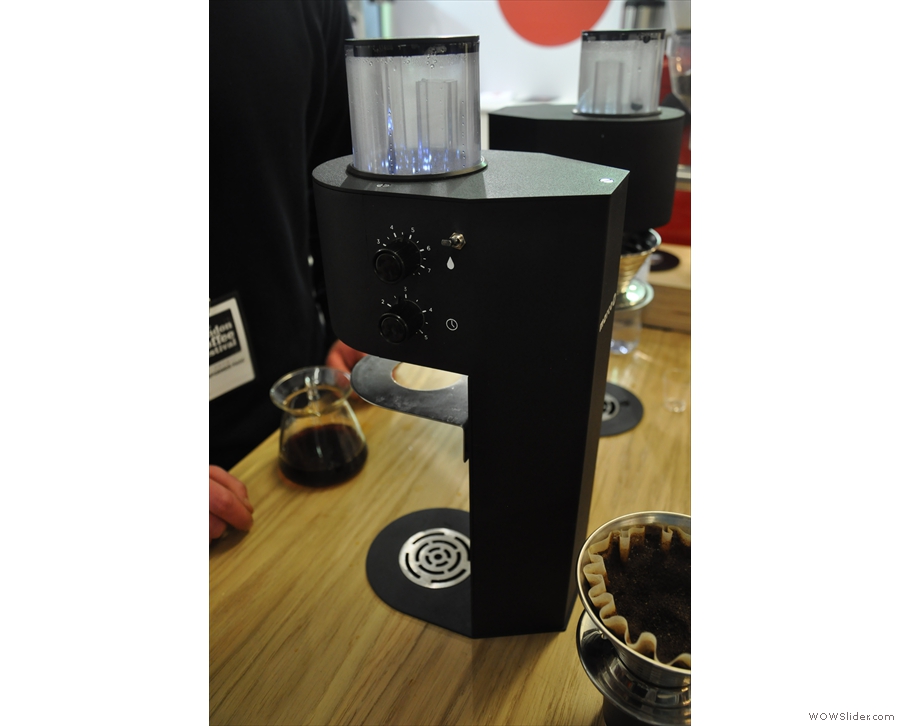
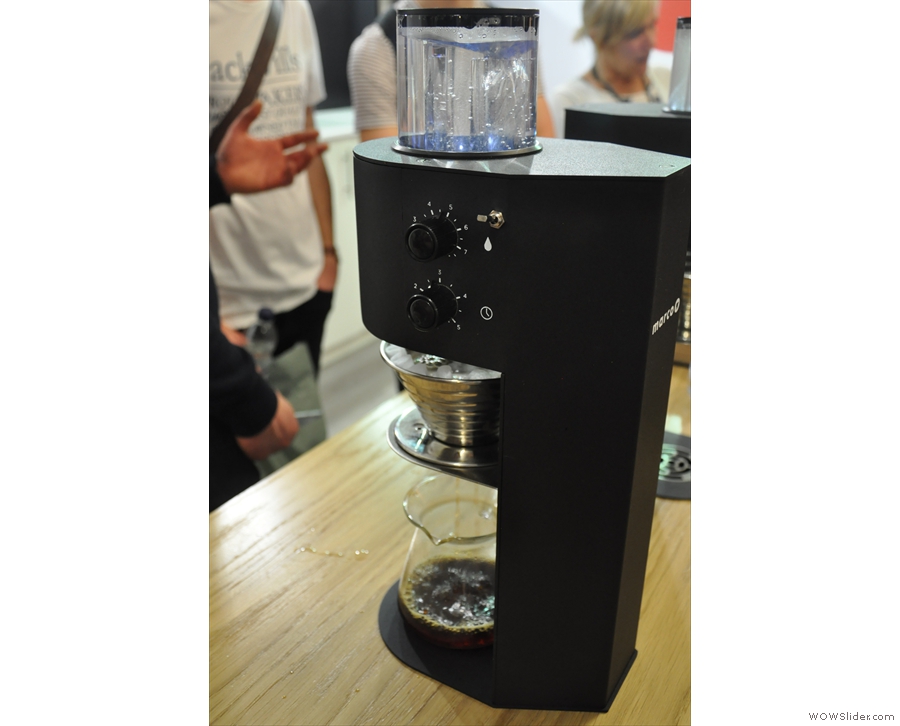
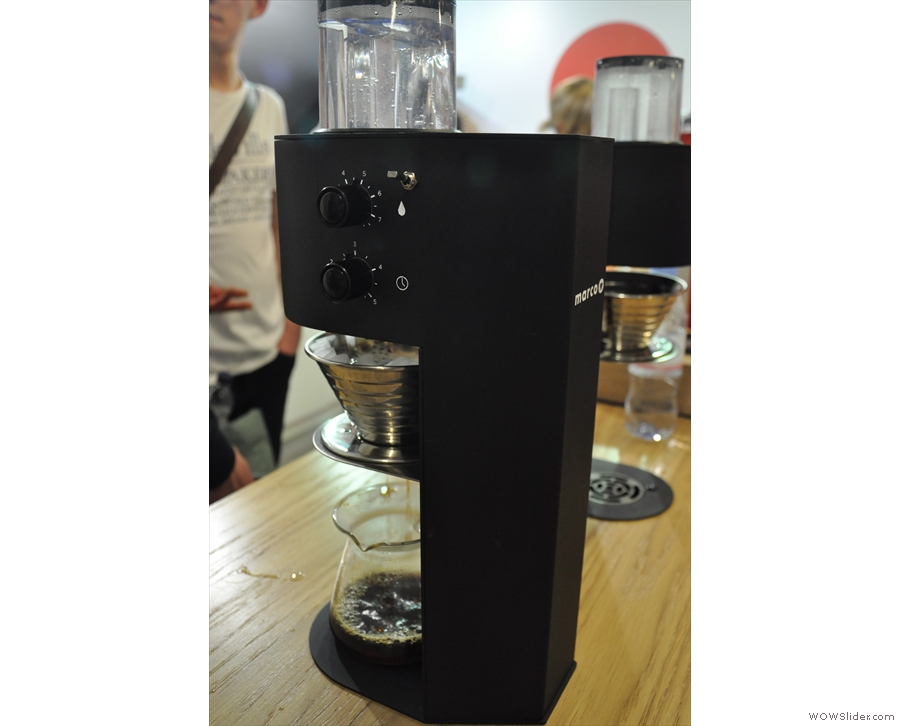
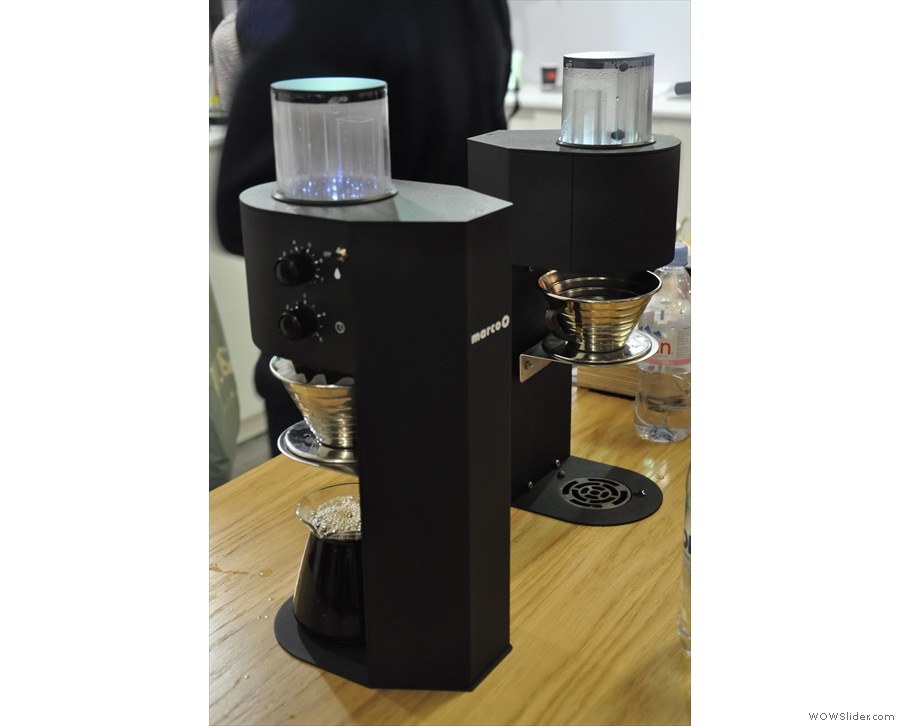
 1
1 2
2 3
3 4
4 5
5 6
6 7
7 8
8 9
9 10
10 11
11 12
12 13
13 14
14 15
15 16
16 17
17 18
18 19
19 20
20 21
21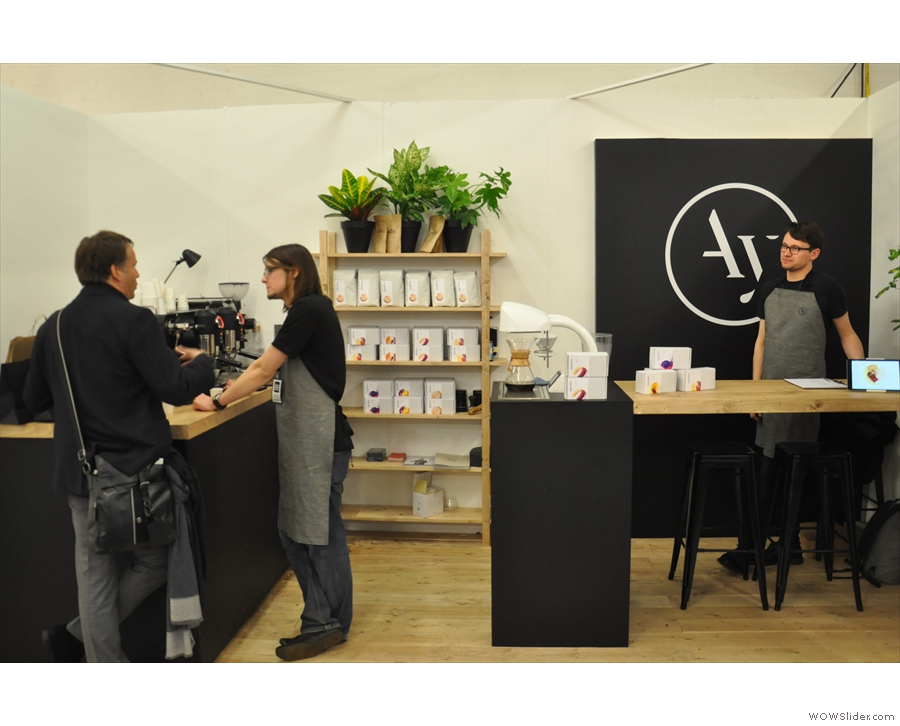
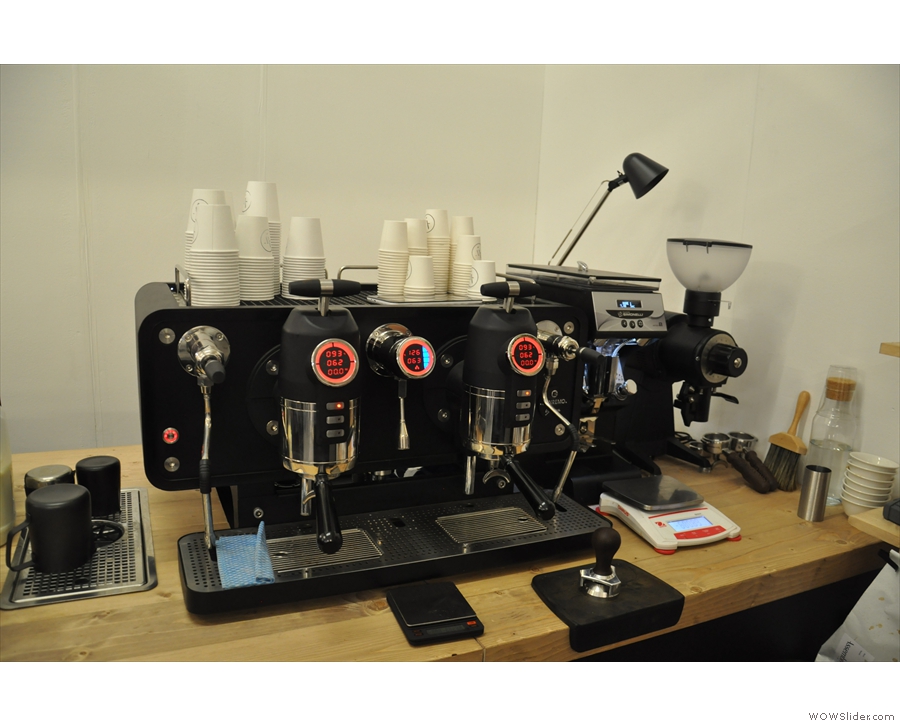
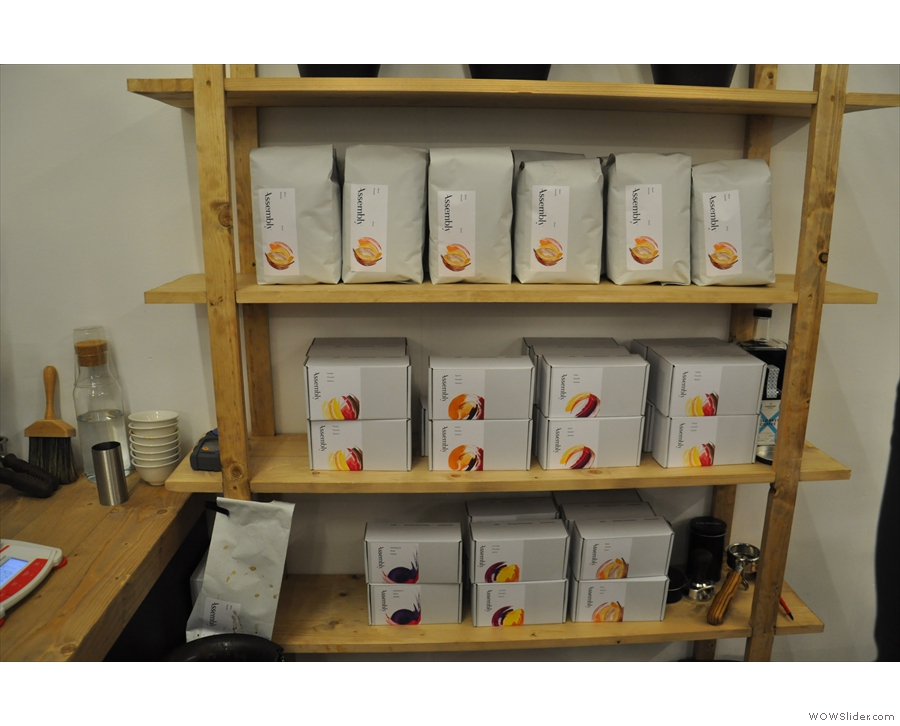
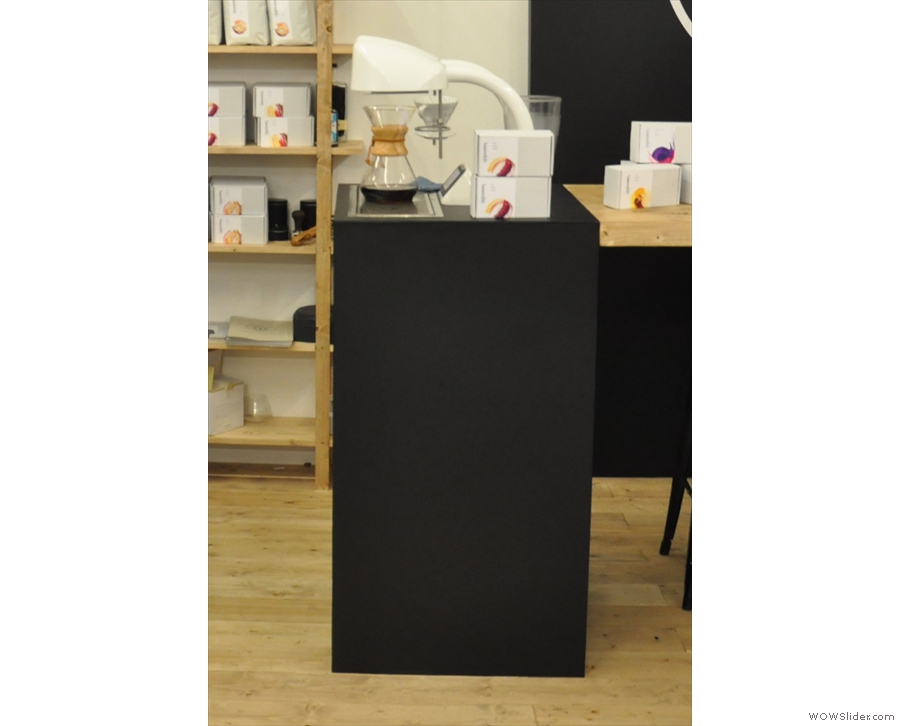
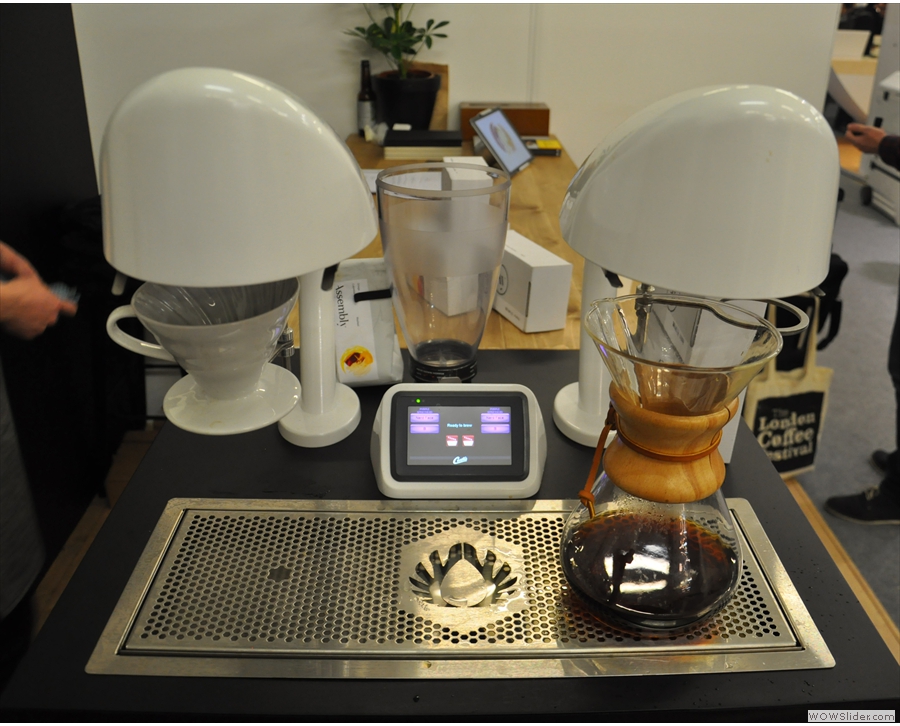
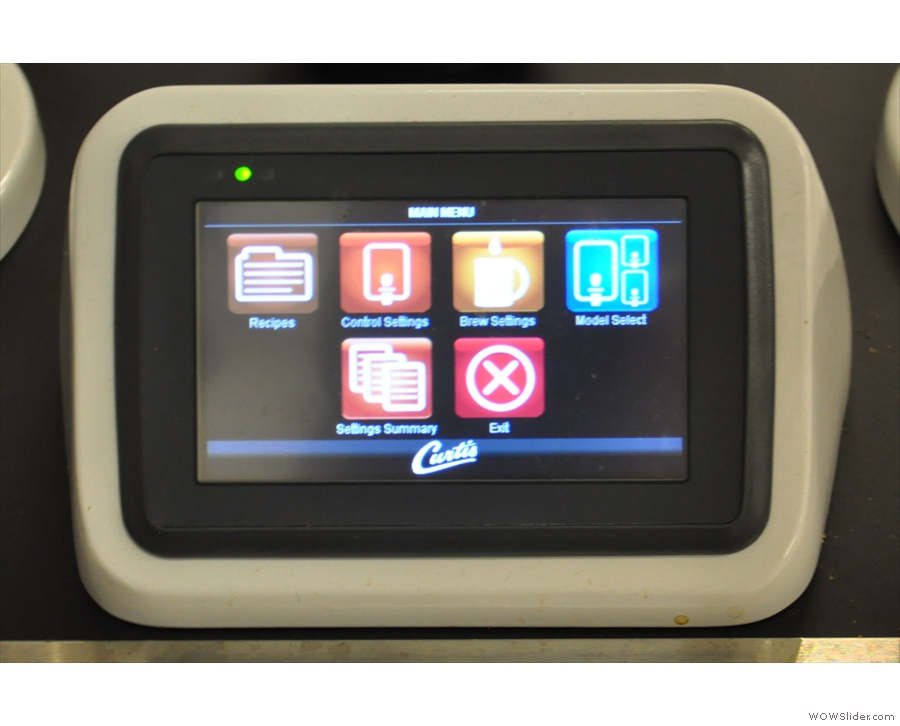
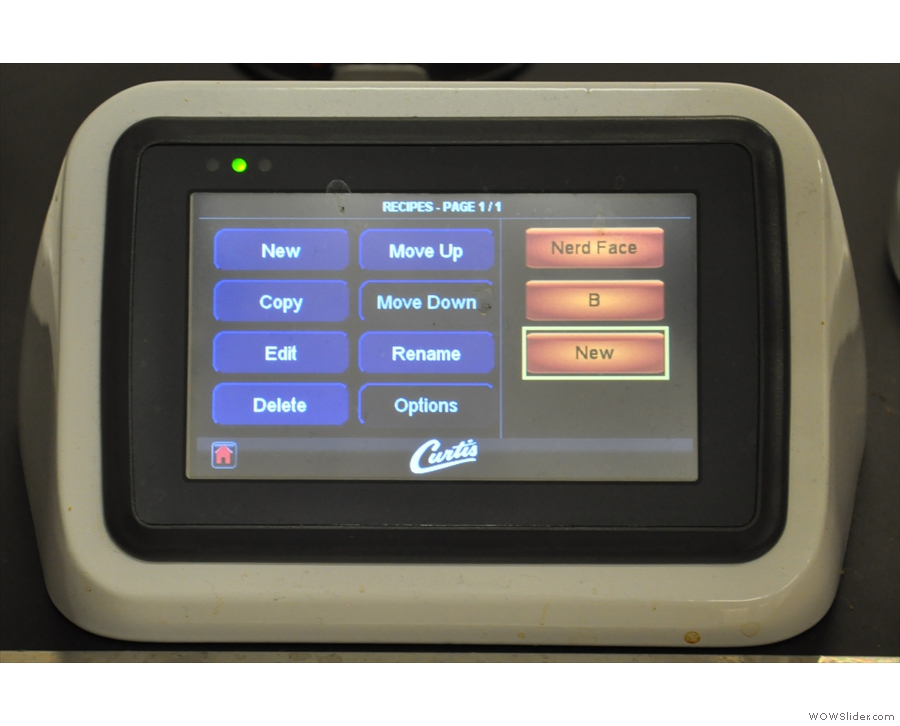
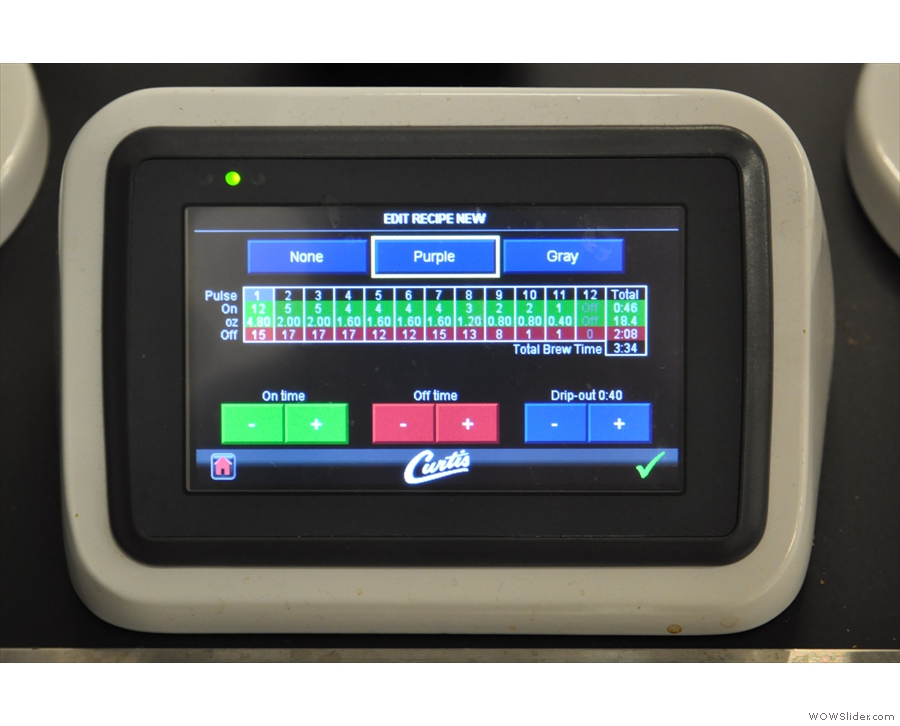
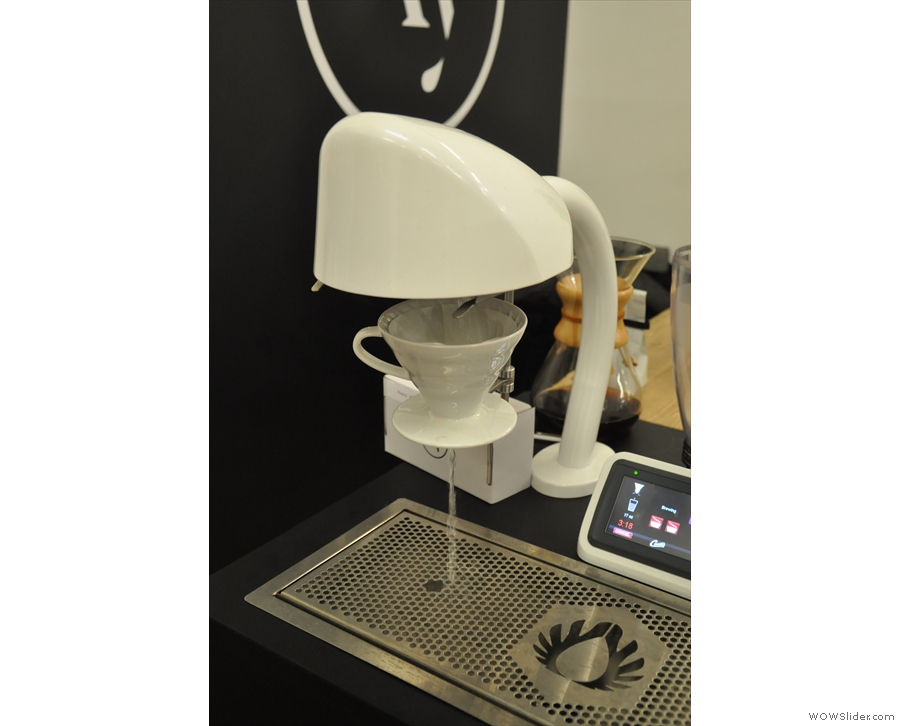
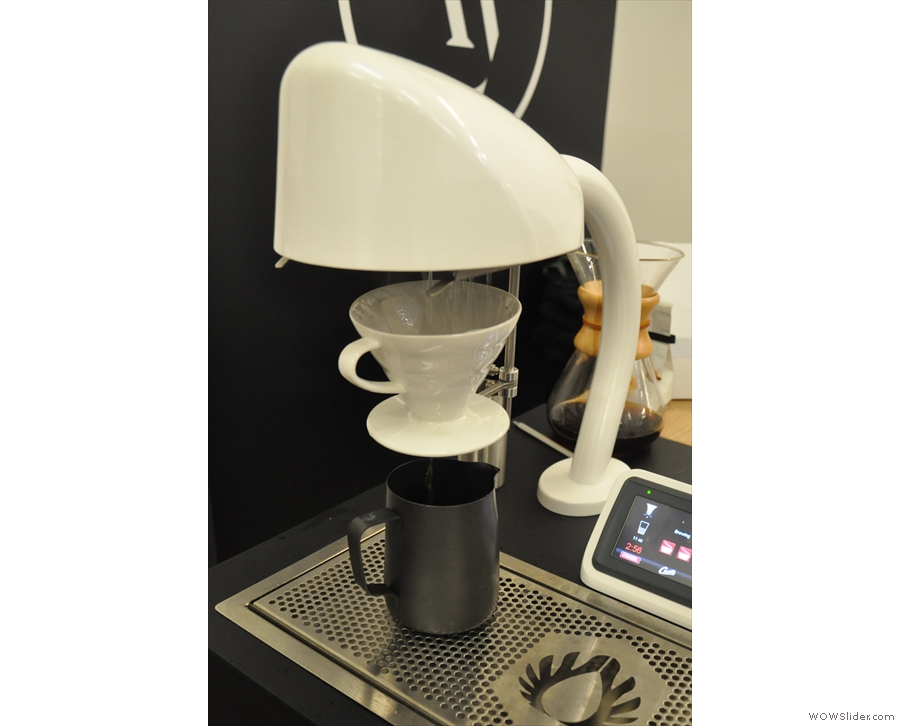
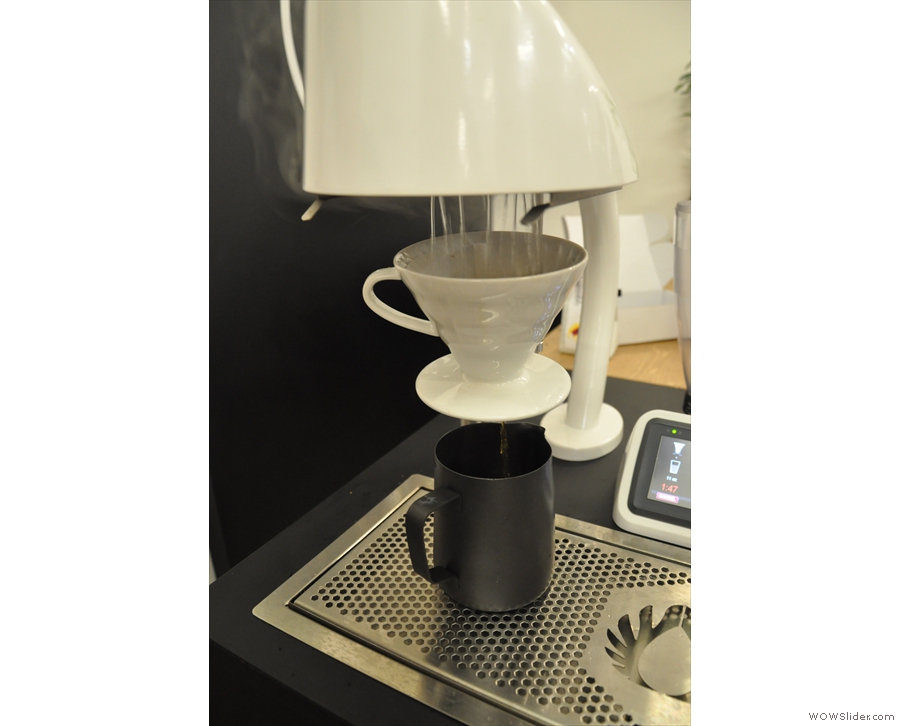
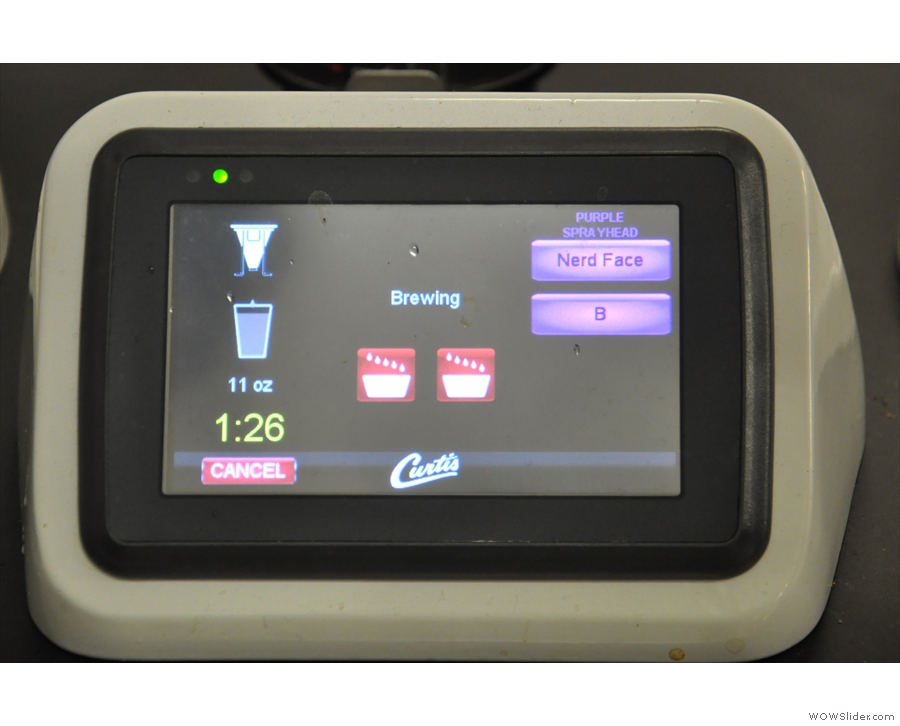
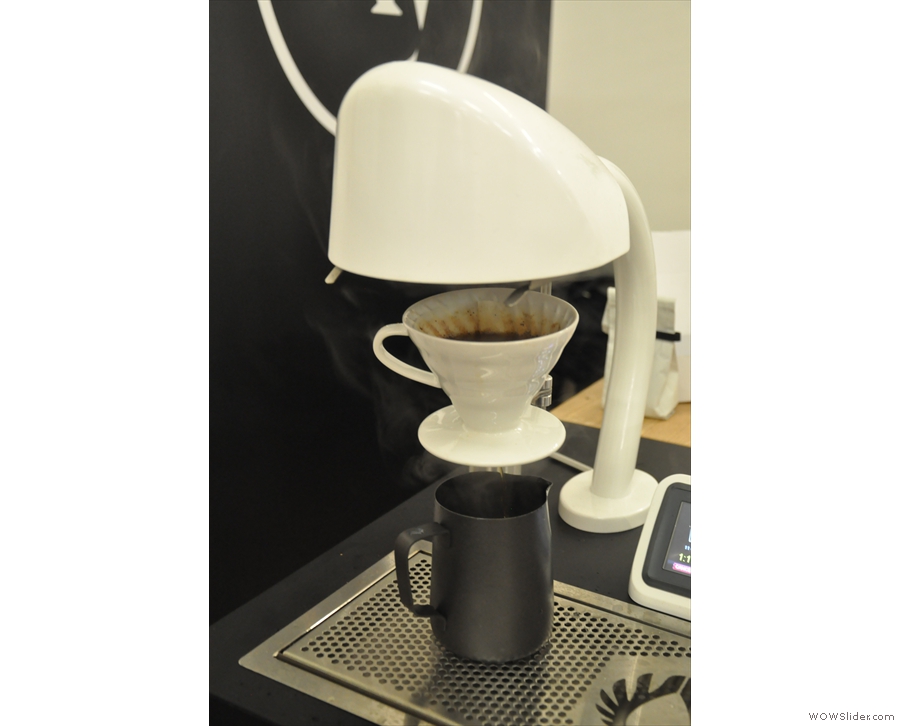
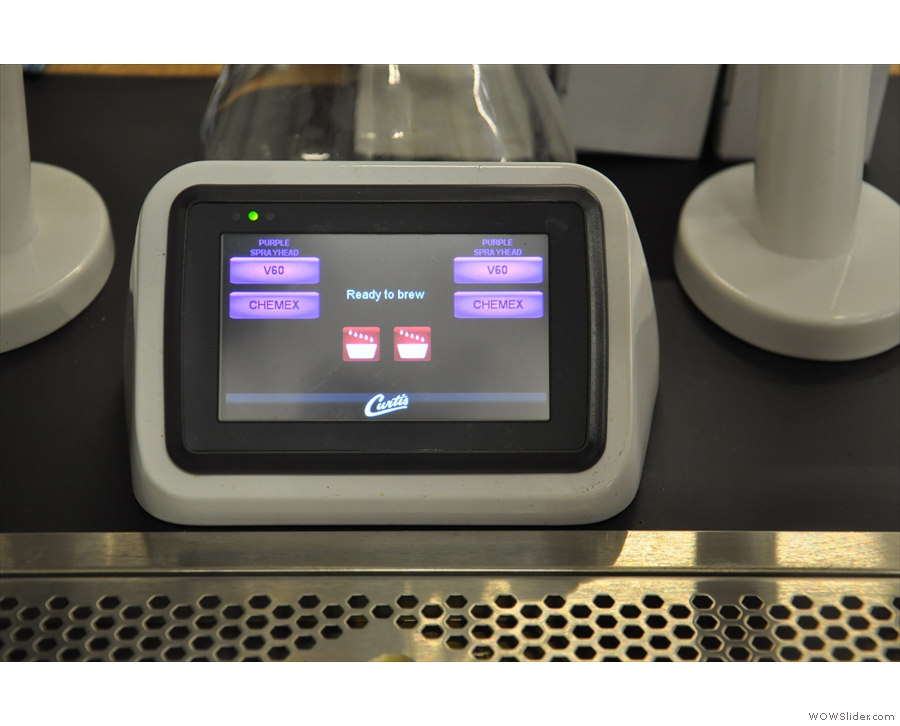
 1
1 2
2 3
3 4
4 5
5 6
6 7
7 8
8 9
9 10
10 11
11 12
12 13
13 14
14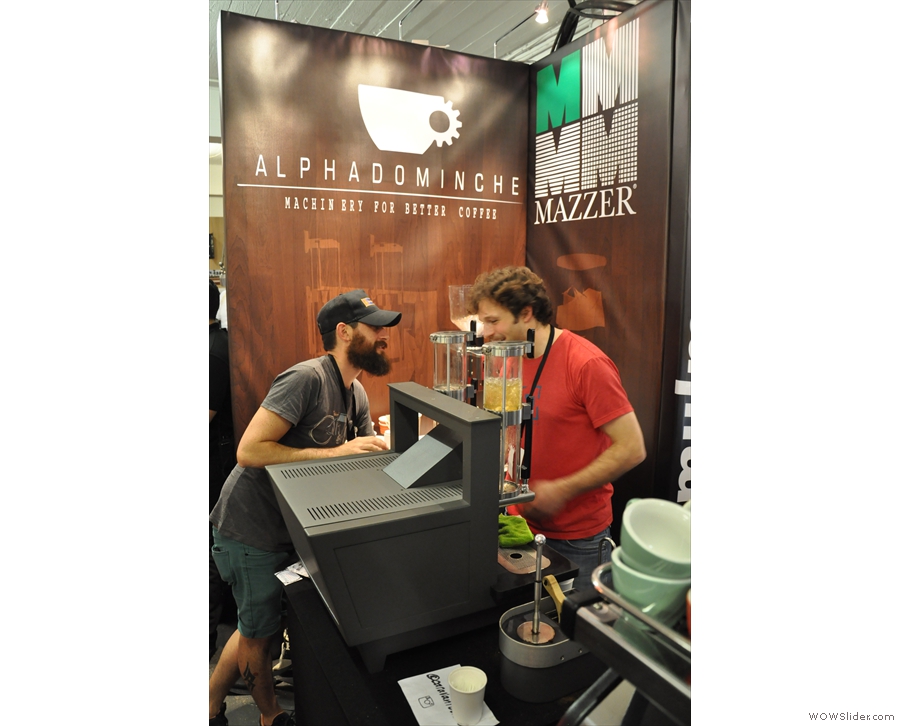
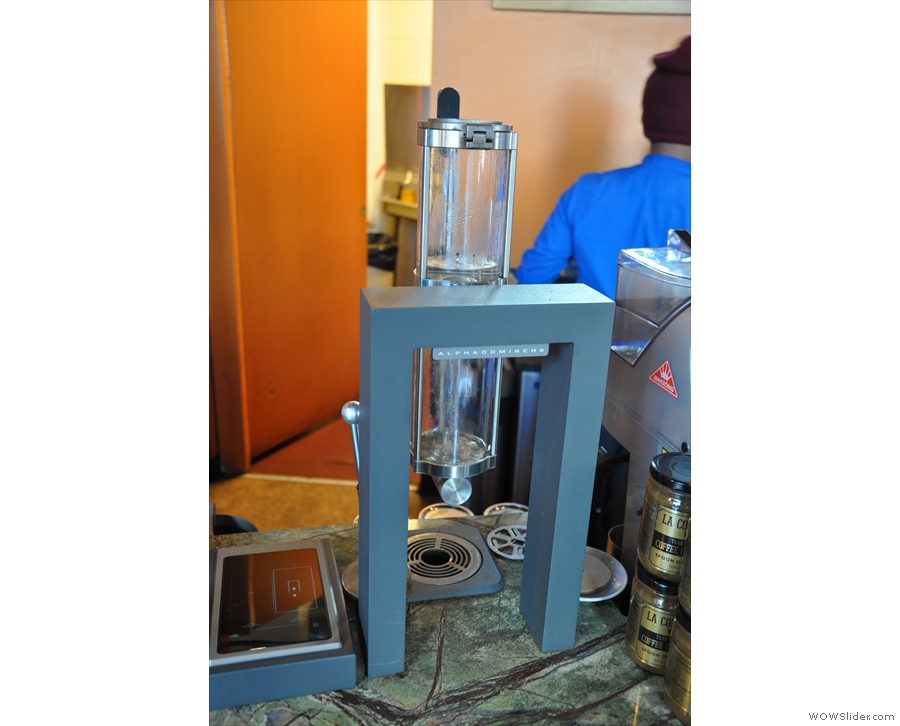
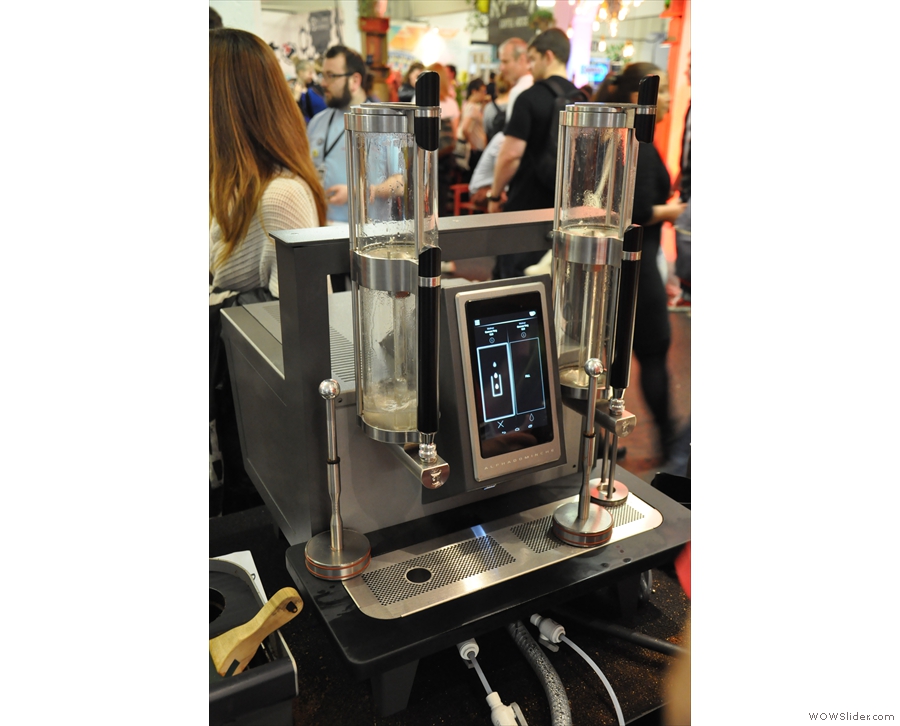
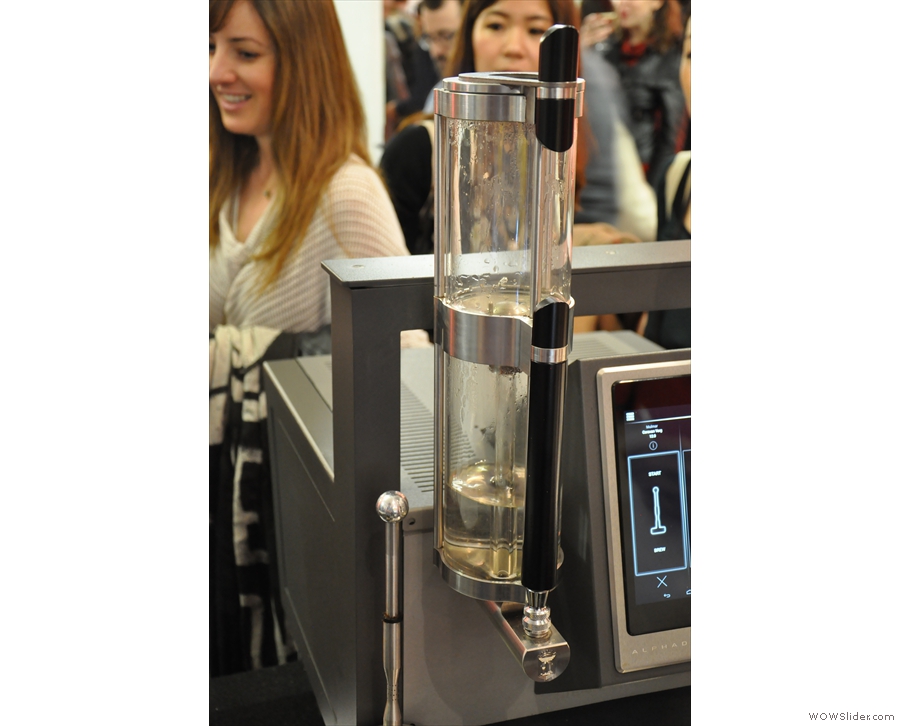
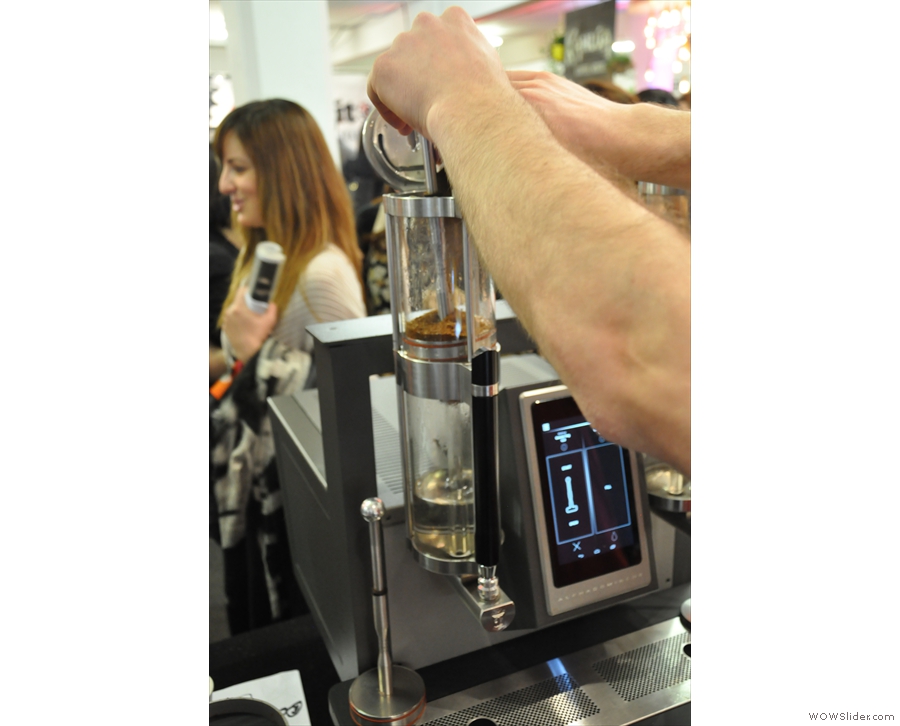
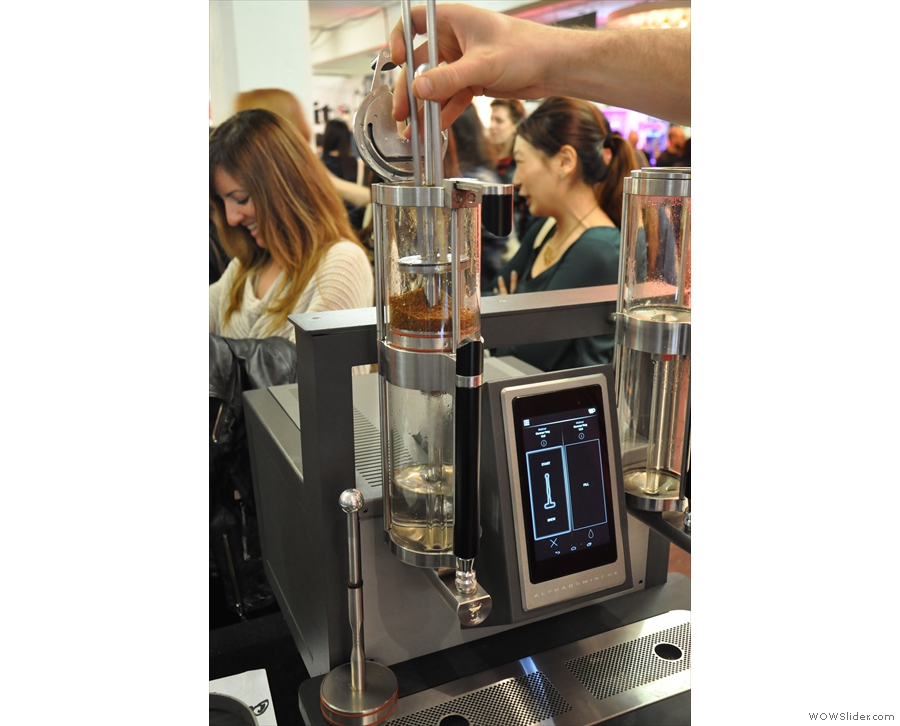
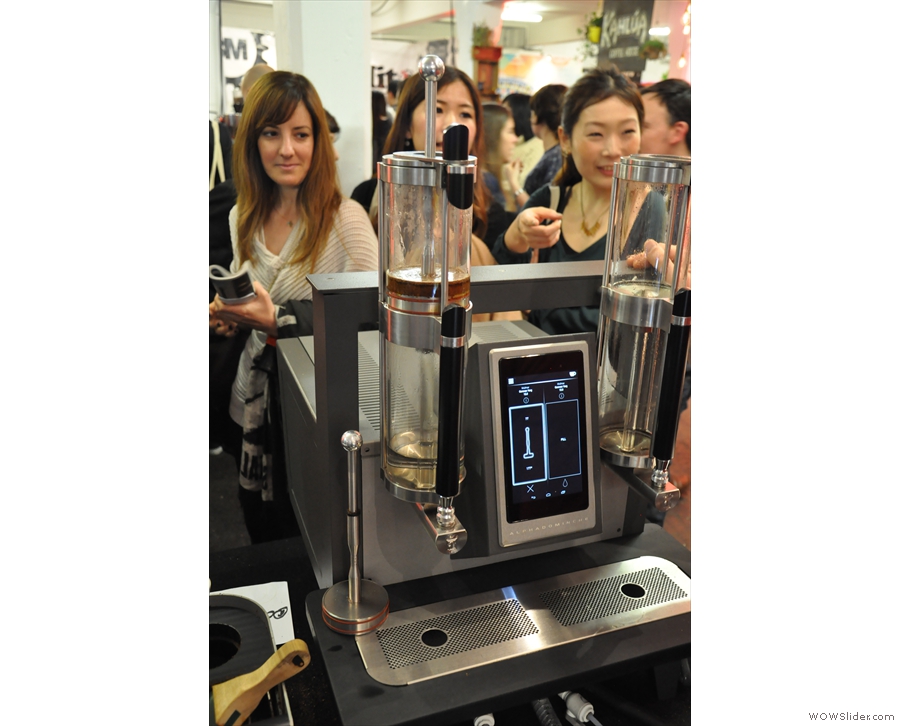
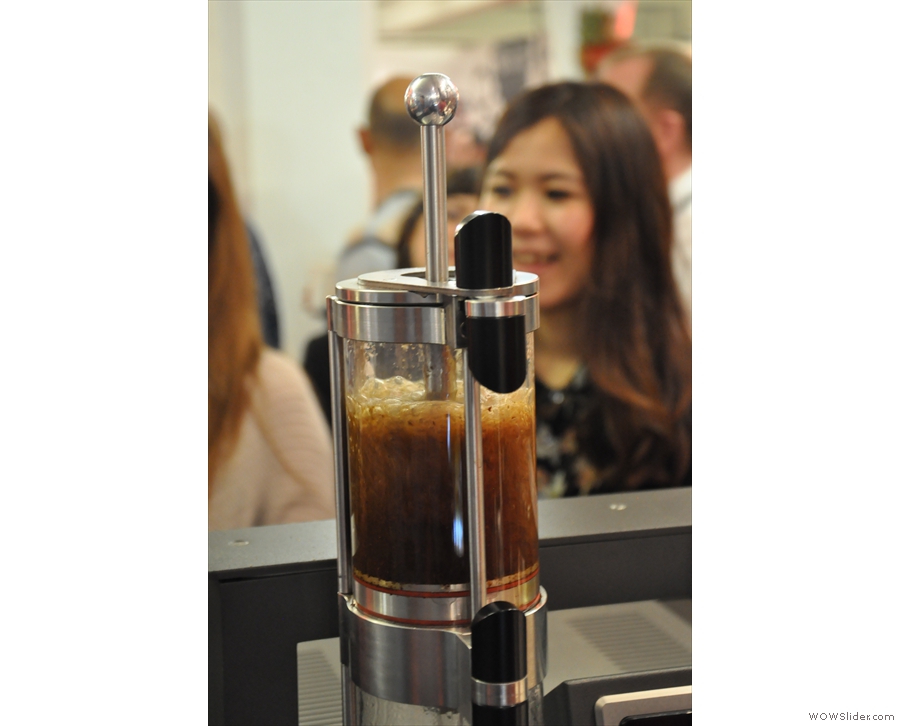
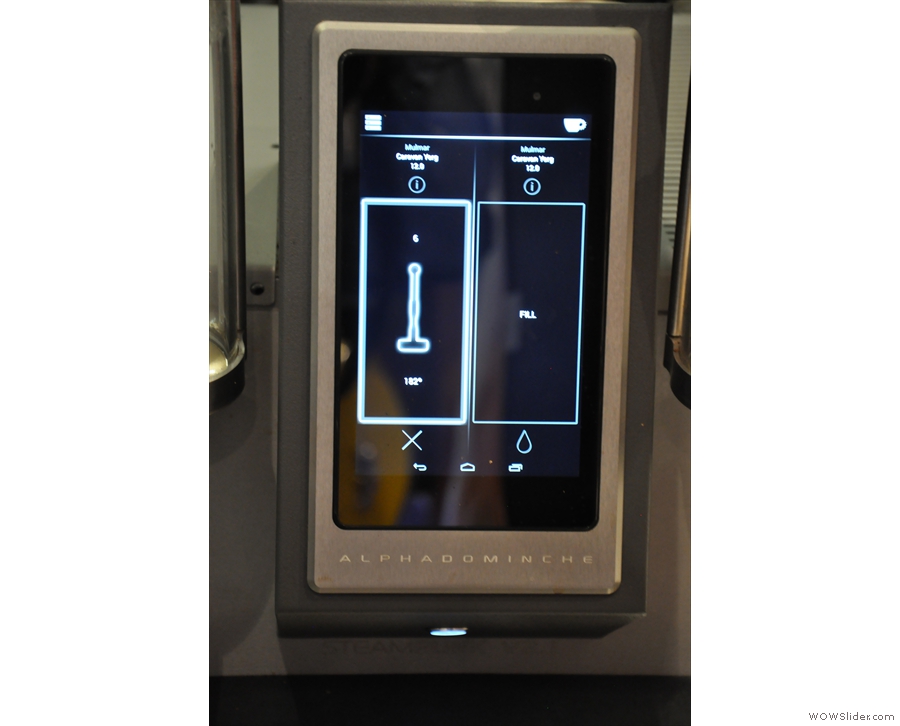
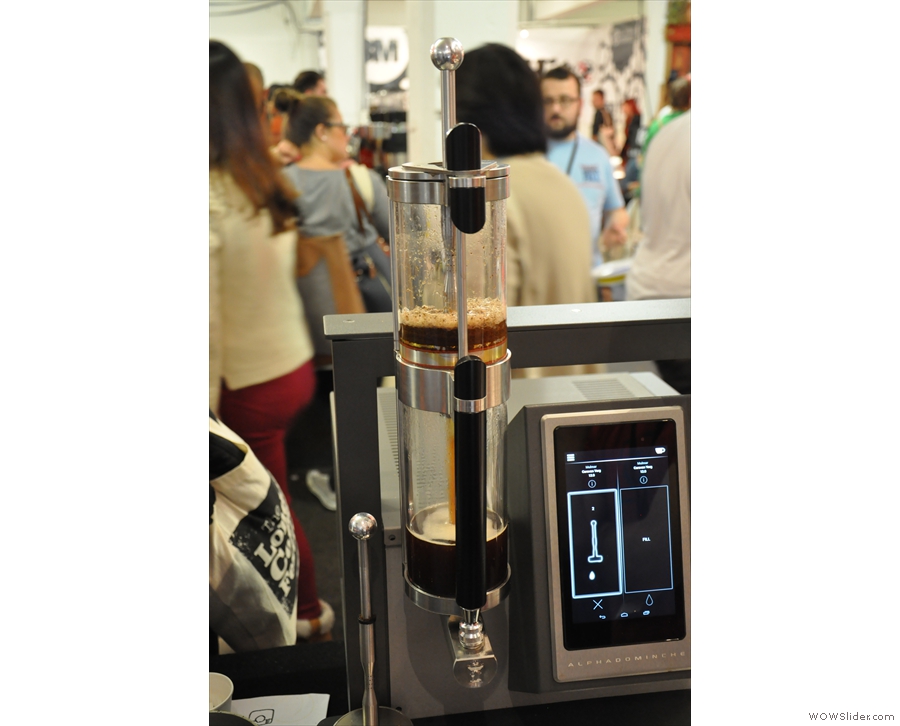
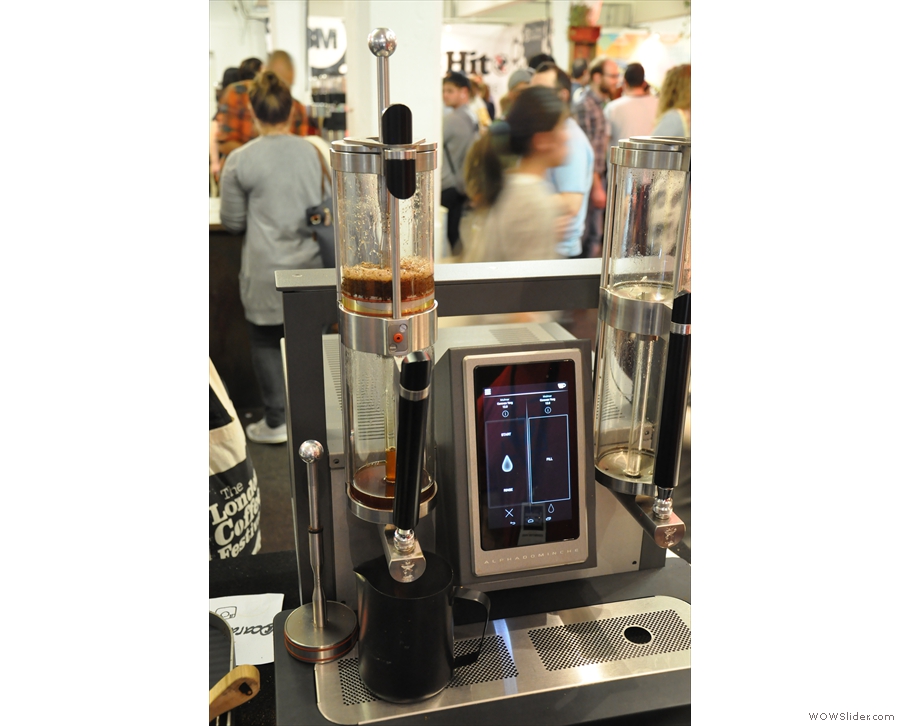
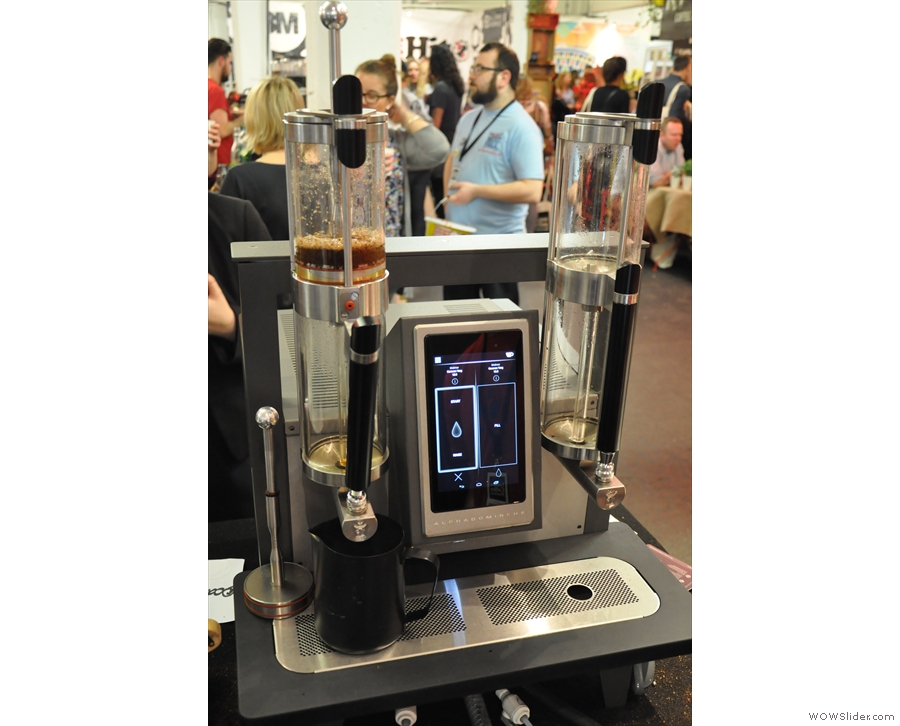
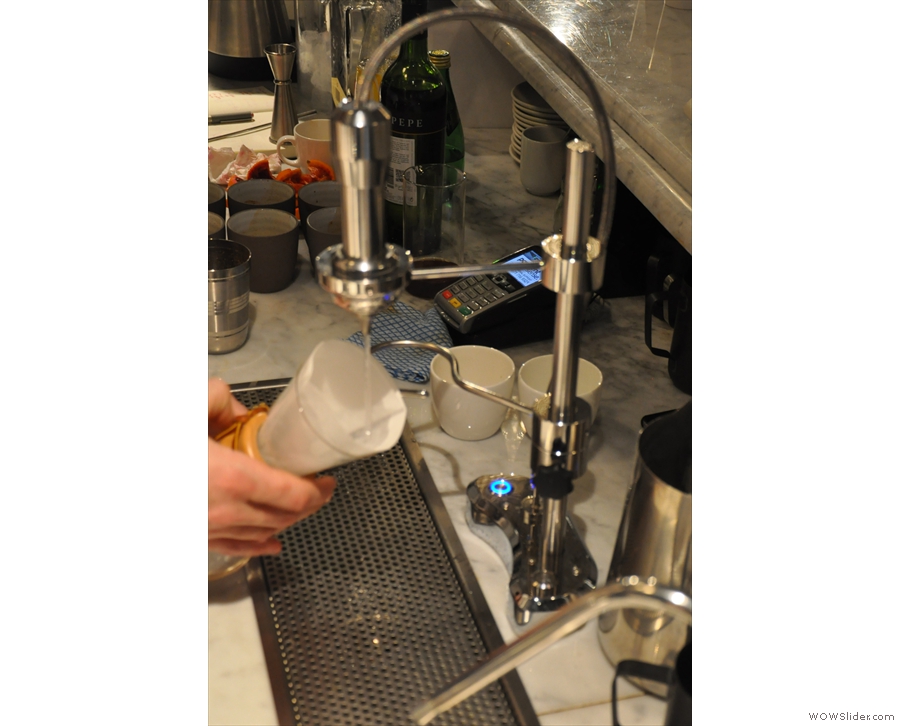
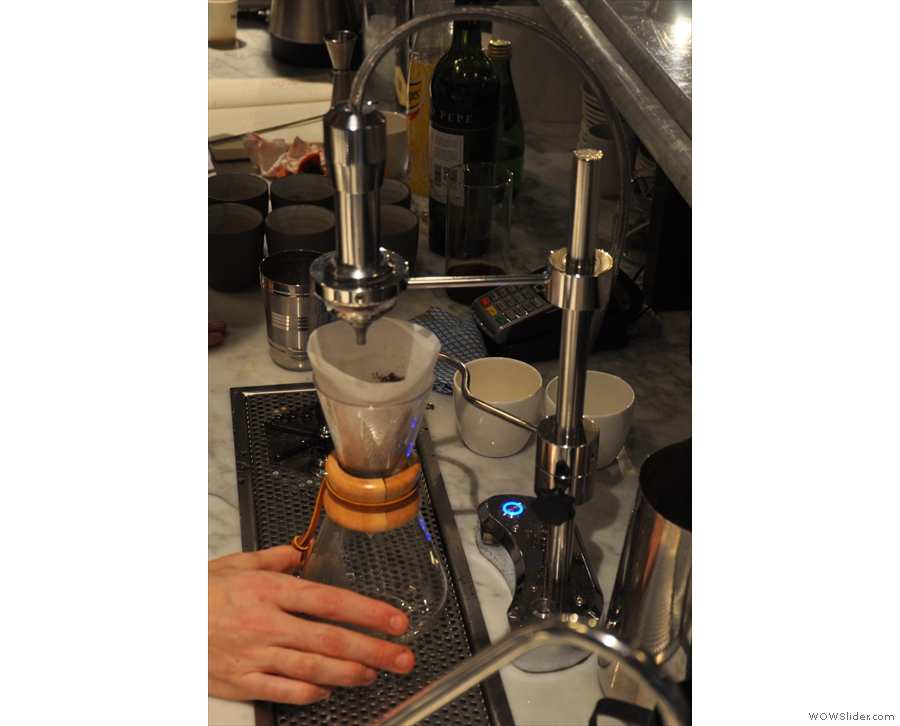
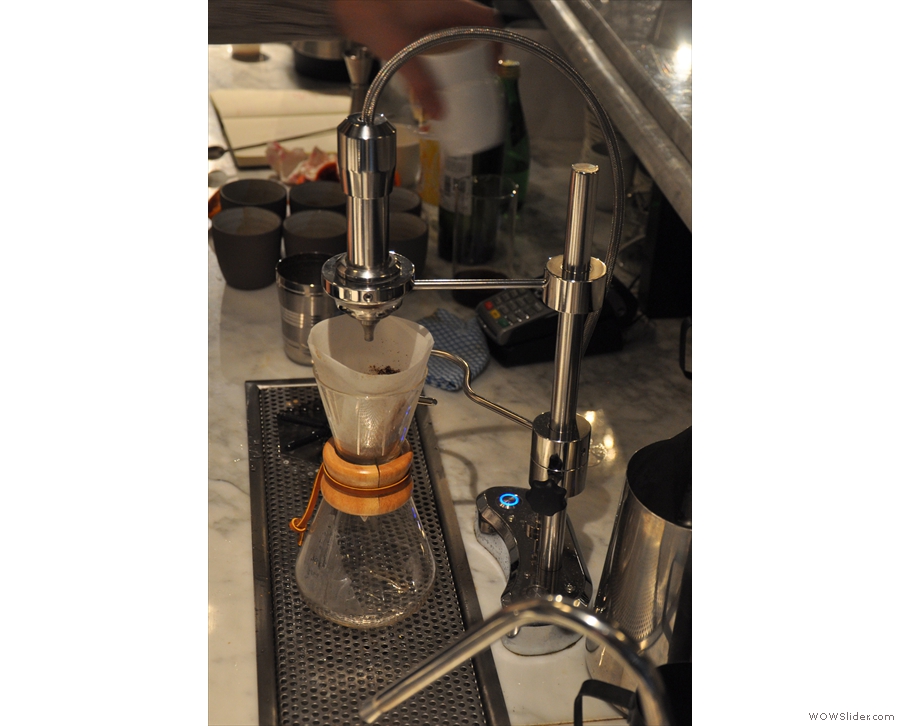
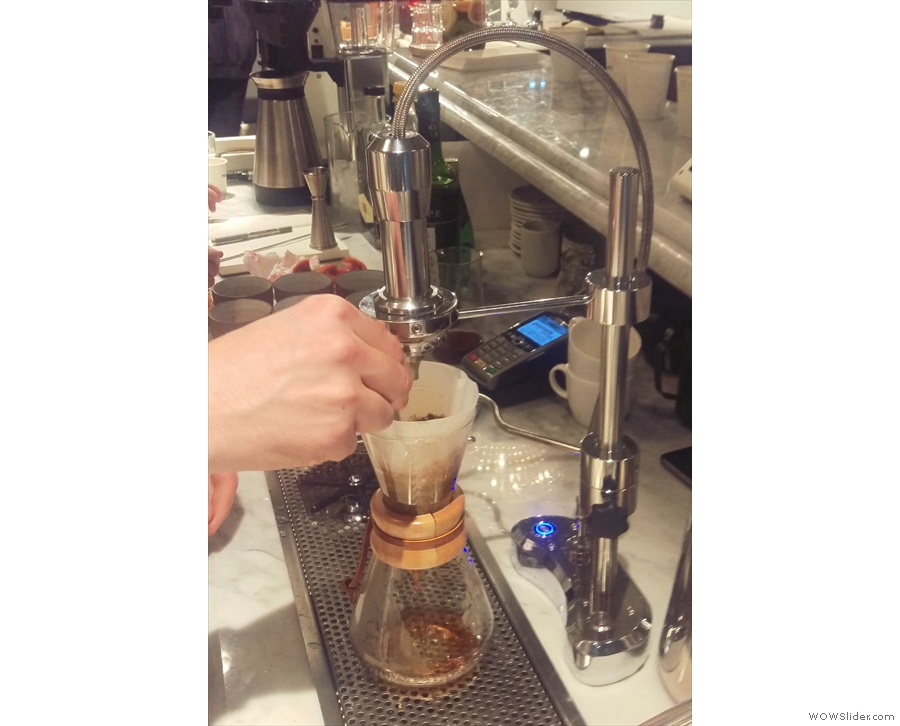
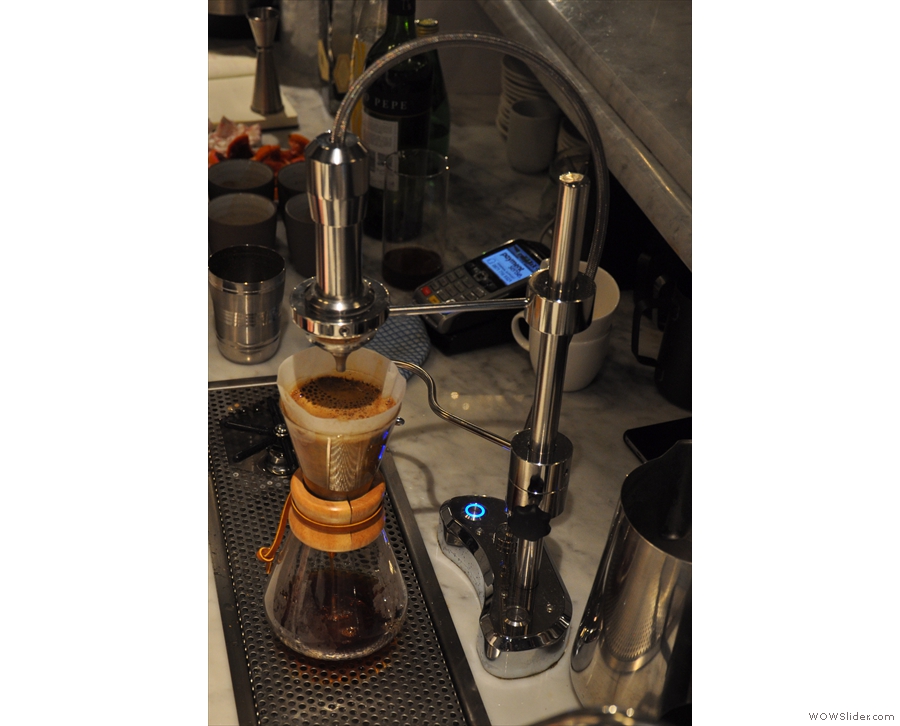
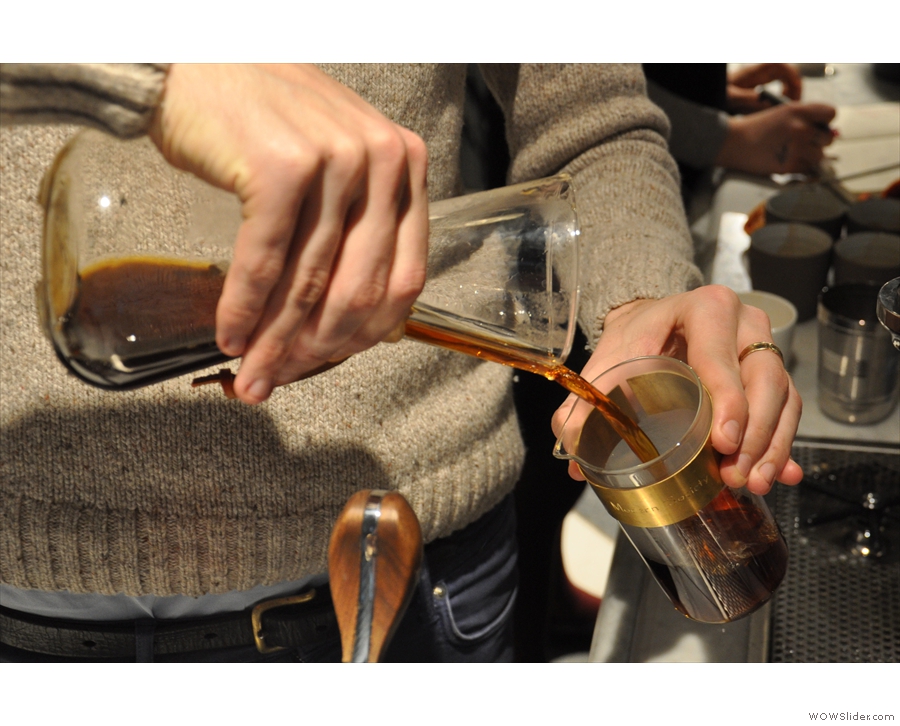
 1
1 2
2 3
3 4
4 5
5 6
6 7
7 8
8 9
9 10
10 11
11 12
12 13
13 14
14 15
15 16
16 17
17 18
18
Pingback: London Coffee Festival 2016: Round-up | Brian's Coffee Spot
Pingback: London Coffee Festival 2014: The Kit | Brian's Coffee Spot
Pingback: London Coffee Festival 2016: The Cups | Brian's Coffee Spot
Pingback: London Coffee Festival 2016: The Kit | Brian's Coffee Spot
Pingback: London Coffee Festival 2016: Coffee | Brian's Coffee Spot
Pingback: London Coffee Festival 2016: Coffee Experiences | Brian's Coffee Spot
Pingback: World of Coffee 2016: The Kit | Brian's Coffee Spot
Pingback: Coffee Angel HQ | Brian's Coffee Spot
Pingback: Modern Society | Brian's Coffee Spot
Pingback: Double Knot | Brian's Coffee Spot
Pingback: Bonavita Gooseneck Kettle | Brian's Coffee Spot
Pingback: Gracenote, Boston | Brian's Coffee Spot
Pingback: Compass Coffee | Brian's Coffee Spot
Pingback: Brian’s Travel Spot: Back to New England, 2016 | Brian's Coffee Spot
Pingback: MacIntyre Coffee | Brian's Coffee Spot
Pingback: Speciality Coffee in Capsules? | Brian's Coffee Spot
Pingback: Ipsento 606 | Brian's Coffee Spot
Pingback: Press Coffee, Scottsdale Quarter | Brian's Coffee Spot
Pingback: Caffeine Magazine | Brian's Coffee Spot
Pingback: Café Integral, Chicago | Brian's Coffee Spot
Pingback: Hot Numbers, Trumpington Street | Brian's Coffee Spot
Pingback: Timmy Green | Brian's Coffee Spot
Pingback: London Coffee Festival 2017: Preview | Brian's Coffee Spot
Pingback: London Coffee Festival 2017: Kit & Cups | Brian's Coffee Spot
Pingback: Slipstream | Brian's Coffee Spot
Pingback: Saint Frank Coffee | Brian's Coffee Spot
Pingback: Coffee + Beer | Brian's Coffee Spot
Pingback: North Star Coffee Shop | Brian's Coffee Spot
Pingback: 111 Roasting Works – Tasting Room | Brian's Coffee Spot
Pingback: London Coffee Festival 2018: Preview | Brian's Coffee Spot
Pingback: Rosslyn Coffee | Brian's Coffee Spot
Pingback: Passion House Coffee Roasters | Brian's Coffee Spot
Pingback: Five Watt, East Hennepin | Brian's Coffee Spot
Pingback: Velodrome Coffee Co | Brian's Coffee Spot
Pingback: Madcap, Monroe Center | Brian's Coffee Spot
Pingback: 2018 Awards – Best Filter Coffee | Brian's Coffee Spot
Pingback: Press Coffee, Skywater Apartments | Brian's Coffee Spot
Pingback: Atkinsons, Mackie Mayor | Brian's Coffee Spot
Pingback: Chez Black Coffee | Brian's Coffee Spot
Pingback: Madcap, Fulton | Brian's Coffee Spot
Pingback: Mammoth Espresso | Brian's Coffee Spot
Pingback: Stumptown Coffee, Ace Hotel (New Orleans) | Brian's Coffee Spot
Pingback: Verve Coffee Roasters, Spring Street | Brian's Coffee Spot
Pingback: Verve Coffee Roasters, Mission Street | Brian's Coffee Spot
Pingback: Coffee Source | Brian's Coffee Spot
Pingback: Birmingham Coffee Festival 2019: Part III | Brian's Coffee Spot
Pingback: Le Cafe Alain Ducasse, Coal Drops Yard | Brian's Coffee Spot
Pingback: Coffeeangel TCD | Brian's Coffee Spot
Pingback: Indigo & Cloth | Brian's Coffee Spot
Pingback: Madcap, Downtown Market | Brian's Coffee Spot
Pingback: Madcap, Monroe Center | Brian's Coffee Spot
Pingback: Big Shoulders, The Loop | Brian's Coffee Spot
Pingback: Mythical Coffee | Brian's Coffee Spot
Pingback: Verve Coffee Roasters, Palo Alto | Brian's Coffee Spot
Pingback: Reference Coffee | Brian's Coffee Spot
Pingback: Fairgrounds Bucktown | Brian's Coffee Spot
Pingback: Dancing Goats Midtown | Brian's Coffee Spot
Pingback: Quarter Horse Coffee Update | Brian's Coffee Spot
Pingback: Quarter Horse Coffee, Birmingham | Brian's Coffee Spot
Pingback: Allpress Dalston | Brian's Coffee Spot
Pingback: 2020 Awards – Best Filter Coffee | Brian's Coffee Spot
Pingback: George Howell, Godfrey Hotel | Brian's Coffee Spot
Pingback: Saint Frank Coffee | Brian's Coffee Spot
Pingback: Surbeanton | Brian's Coffee Spot
Pingback: WatchHouse Roastery & Café | Brian's Coffee Spot
Pingback: Rosslyn Coffee | Brian's Coffee Spot
Pingback: Rosslyn Off Menu Coffees | Brian's Coffee Spot
Pingback: Story Coffee, Wandsworth | Brian's Coffee Spot
Pingback: George Howell, Boston Public Market | Brian's Coffee Spot
Pingback: George Howell, Boston Public Market Update | Brian's Coffee Spot
Pingback: Gracenote, Boston | Brian's Coffee Spot
Pingback: Gracenote Coffee and Wine Bar | Brian's Coffee Spot
Pingback: The Coffee Movement | Brian's Coffee Spot
Pingback: Coffeebar, Redwood City | Brian's Coffee Spot
Pingback: Il Grifone at Prufrock | Brian's Coffee Spot
Pingback: Blueprint Coffee, Delmar | Brian's Coffee Spot
Pingback: Press Coffee, Scottsdale Quarter | Brian's Coffee Spot
Pingback: Press Coffee, Scottsdale Quarter (Original Location) | Brian's Coffee Spot
Pingback: Hummingbird Amsterdam | Brian's Coffee Spot
Pingback: Way Coffee & Book Shop | Brian's Coffee Spot
Pingback: Tandem Cafe & Roastery | Brian's Coffee Spot
Pingback: Tandem Cafe & Roastery Update | Brian's Coffee Spot